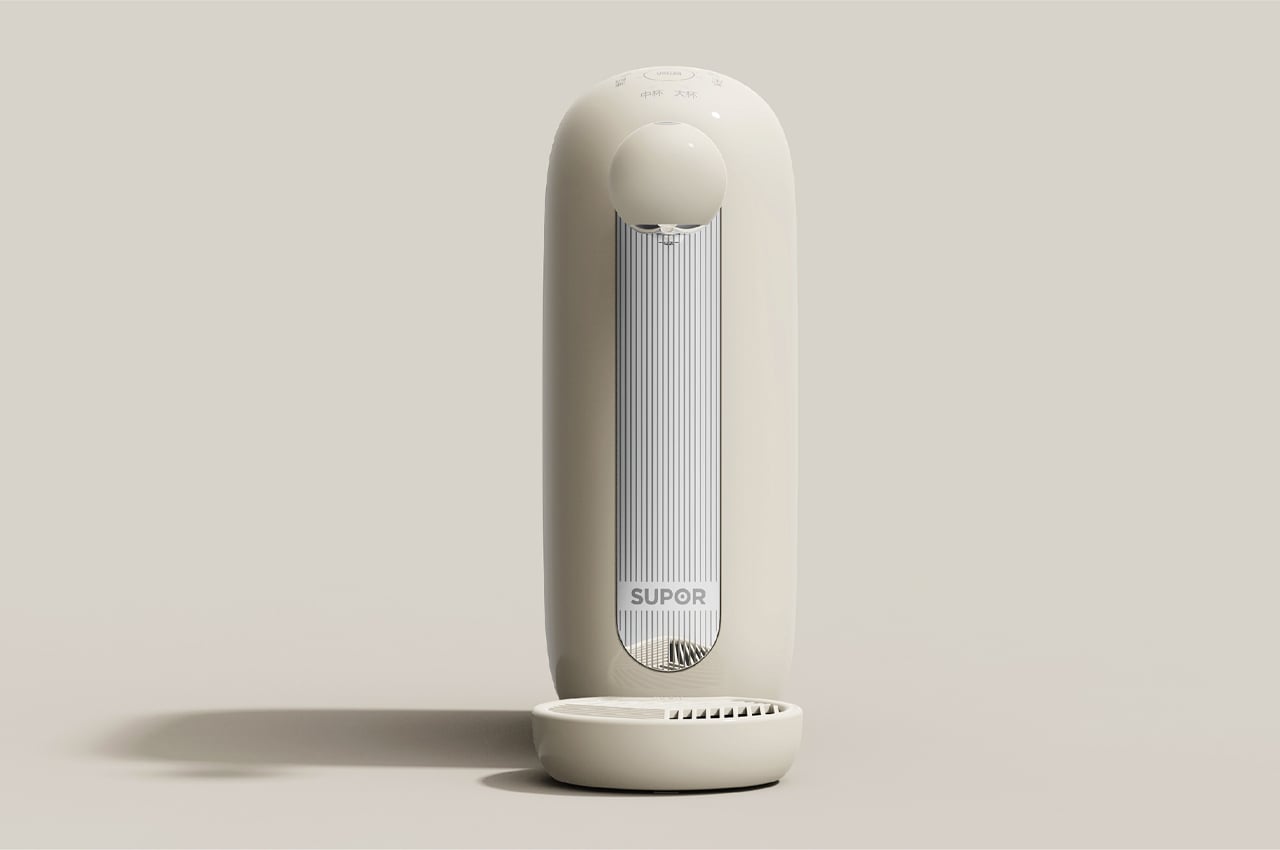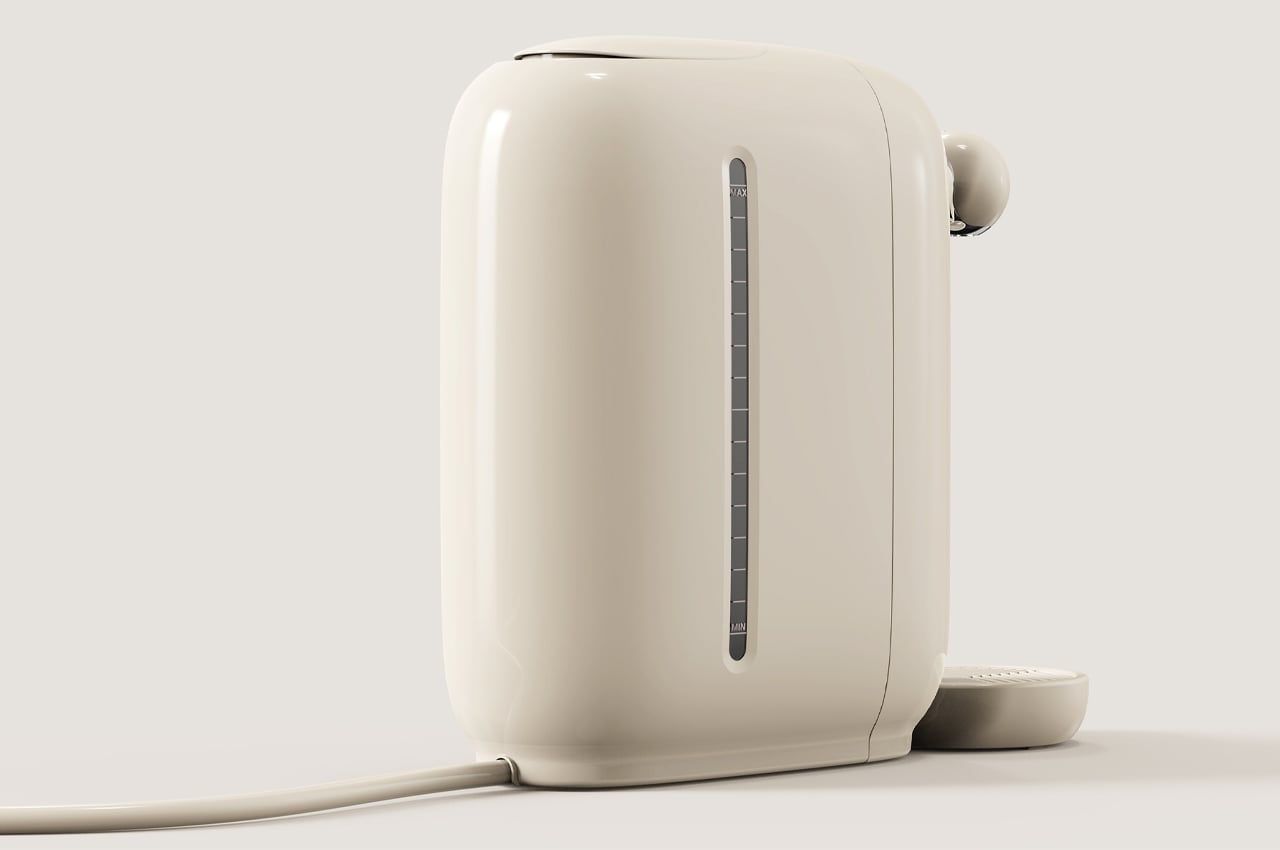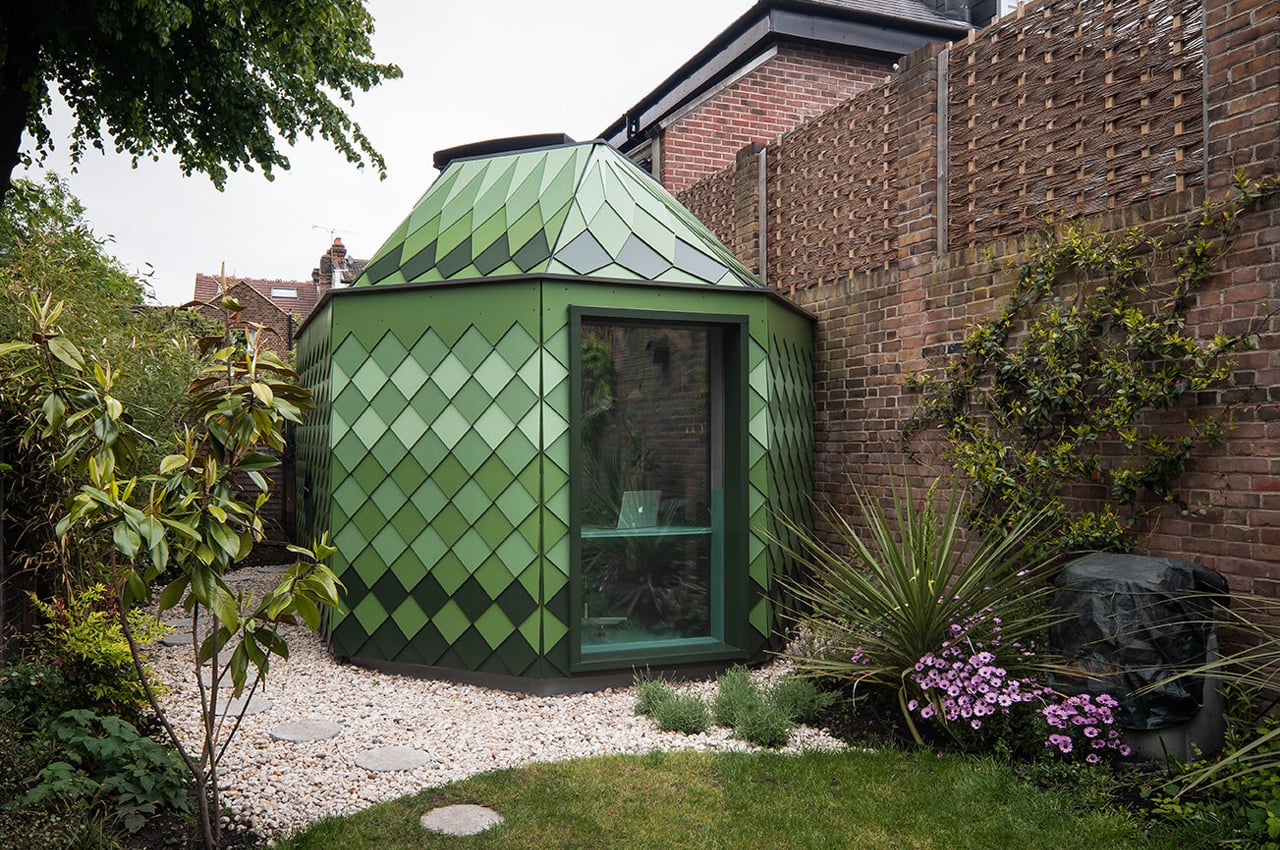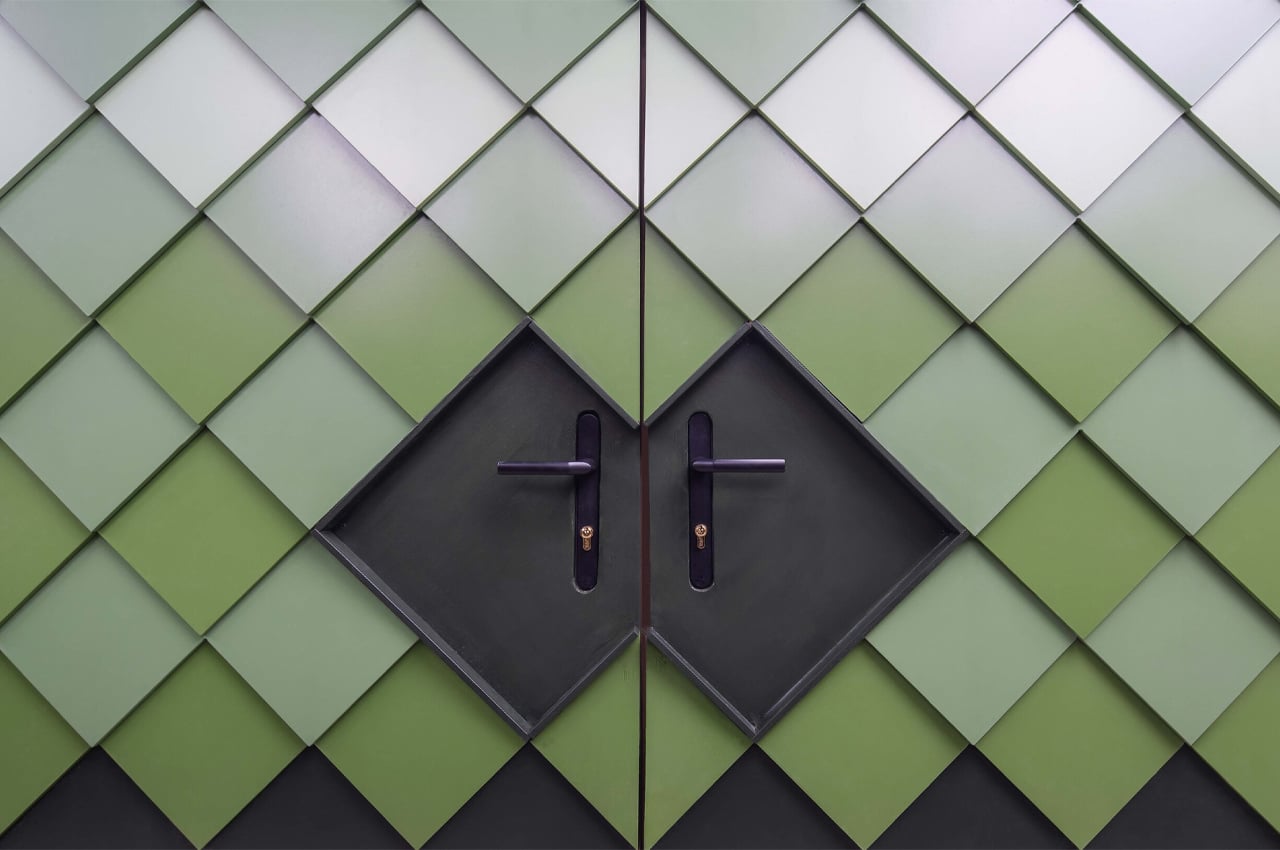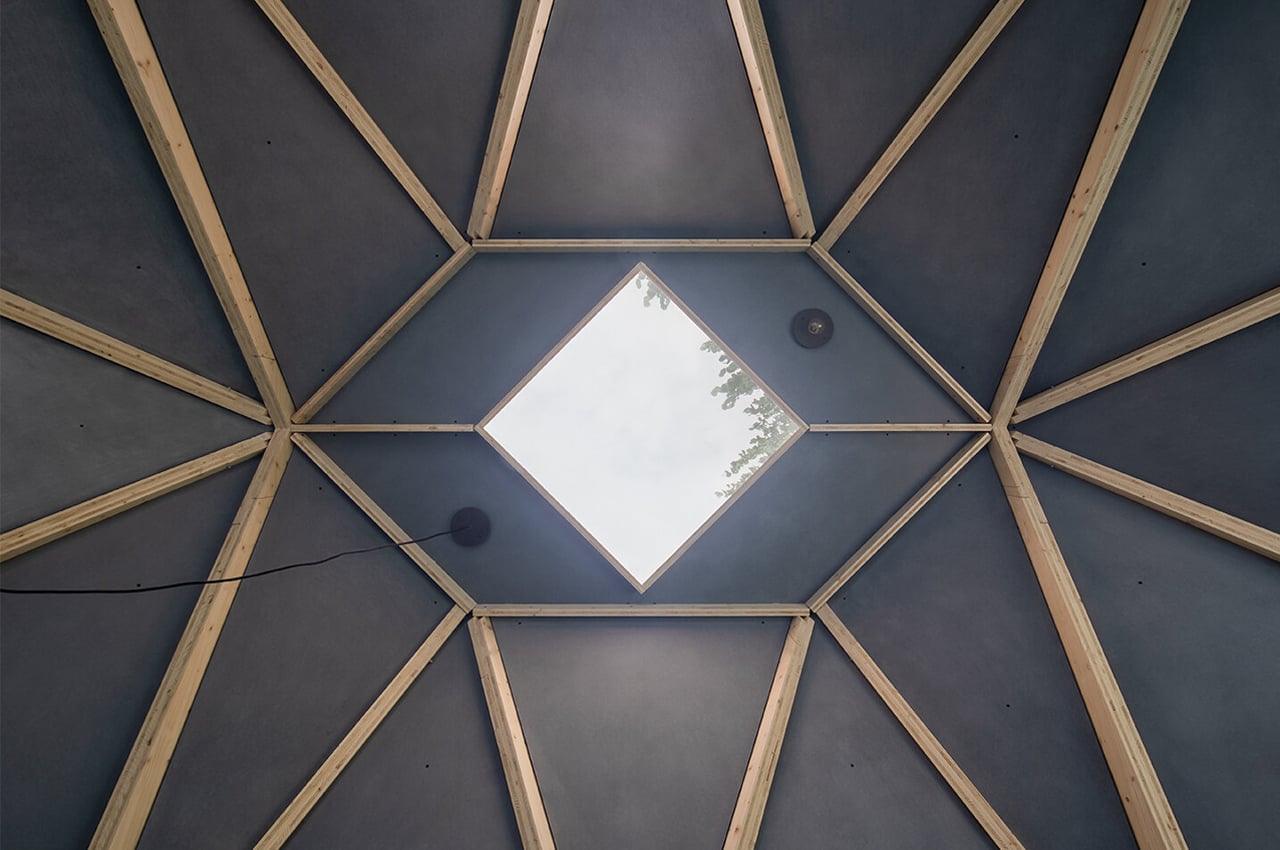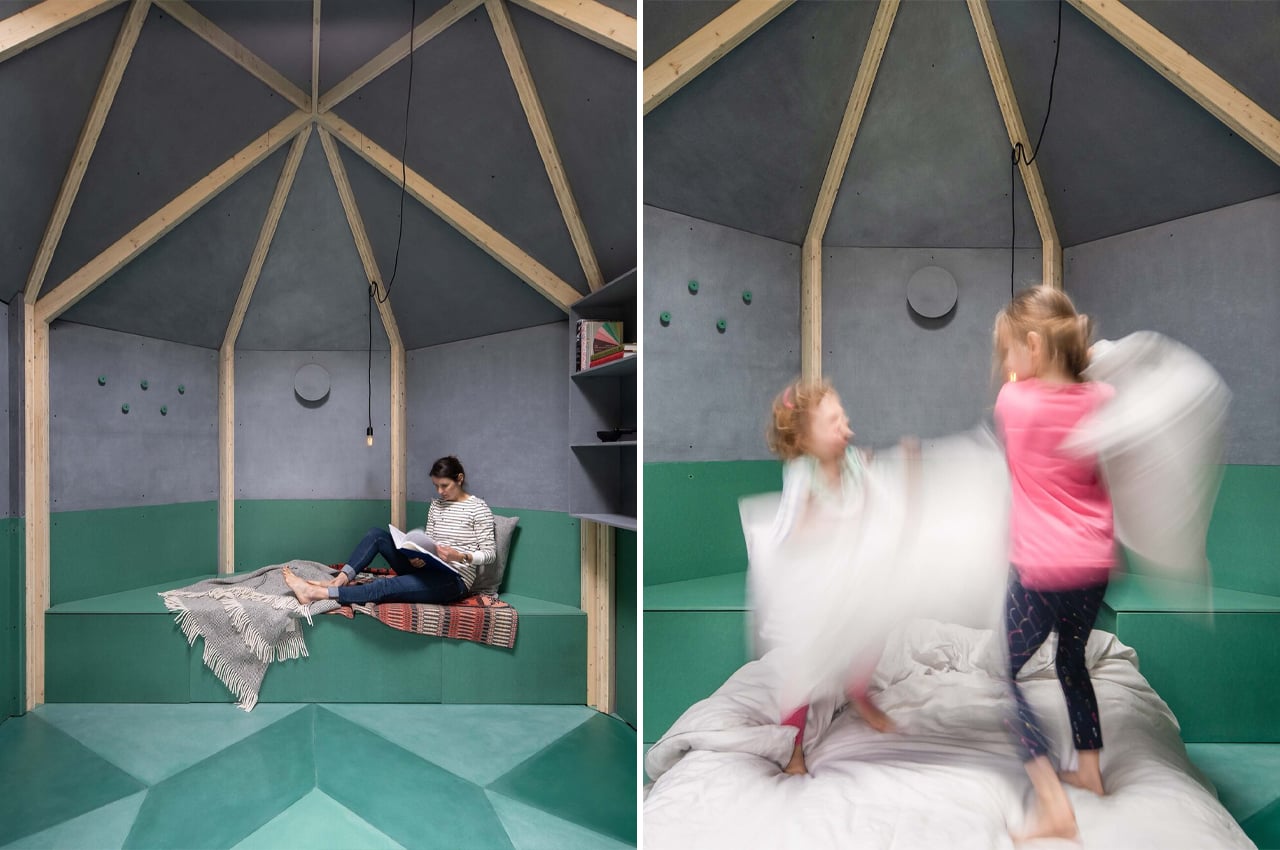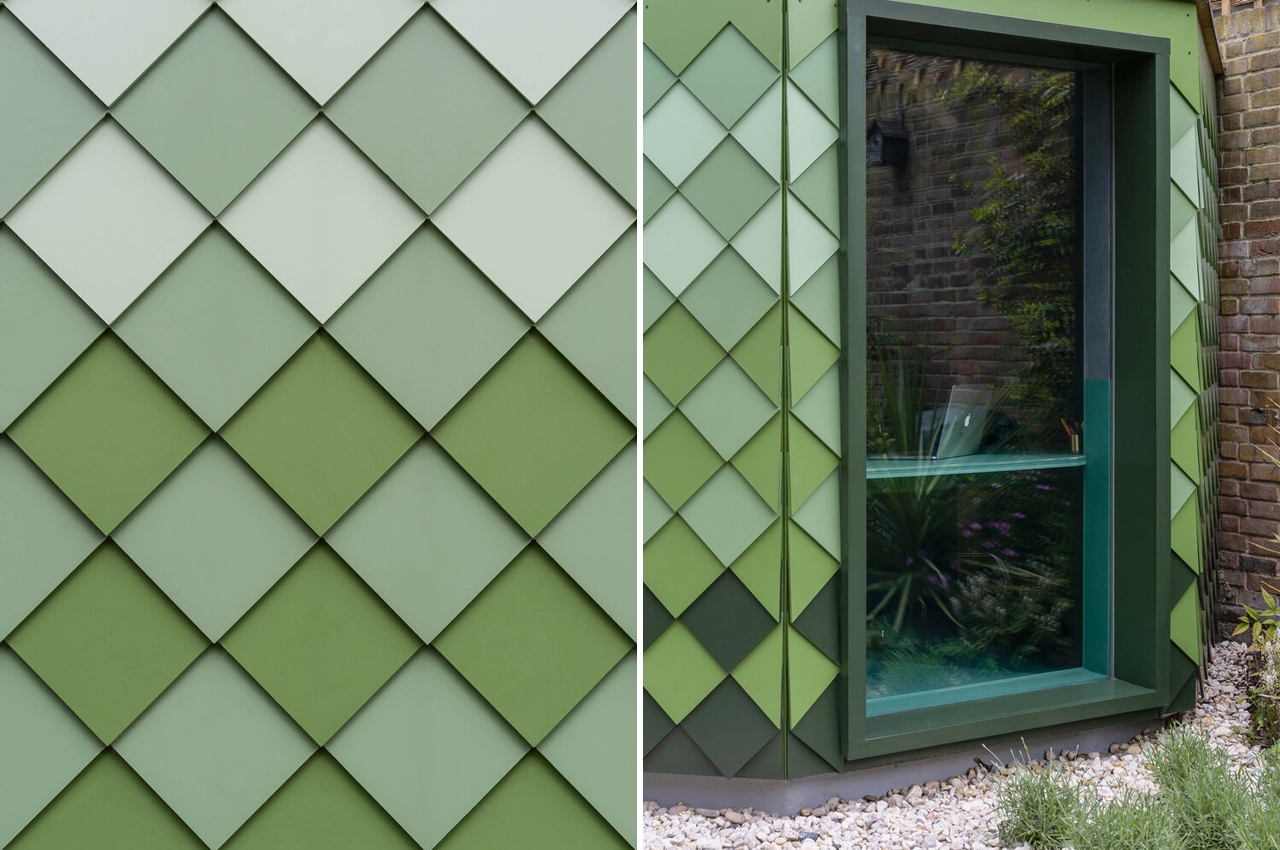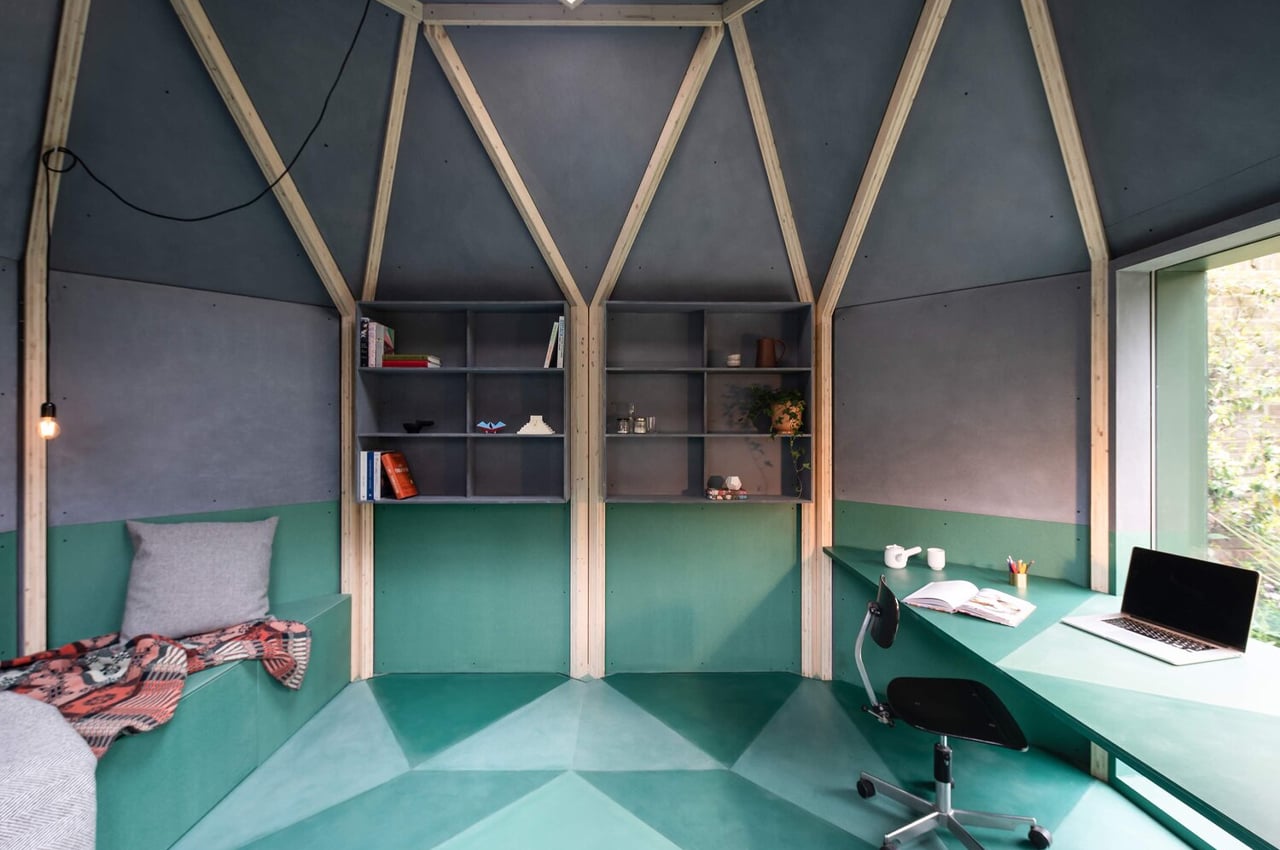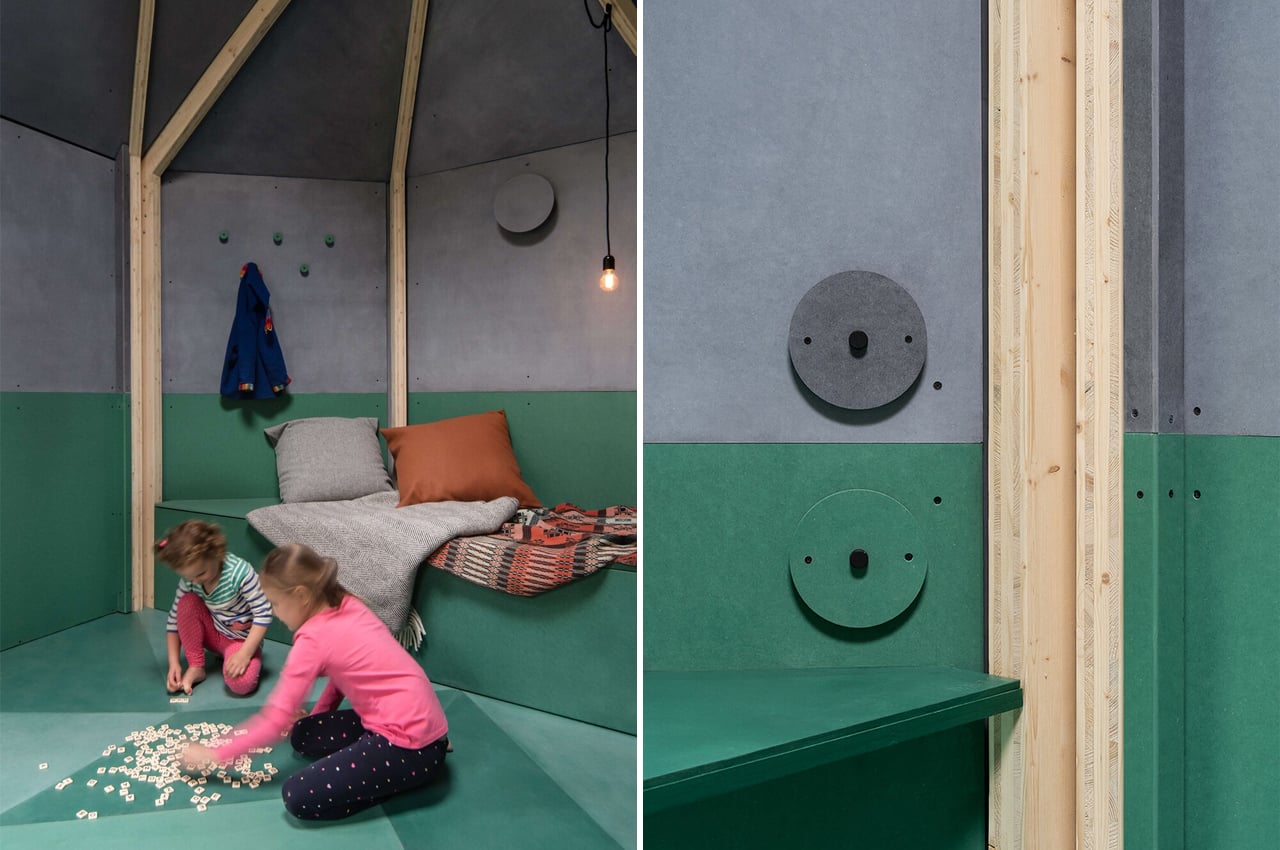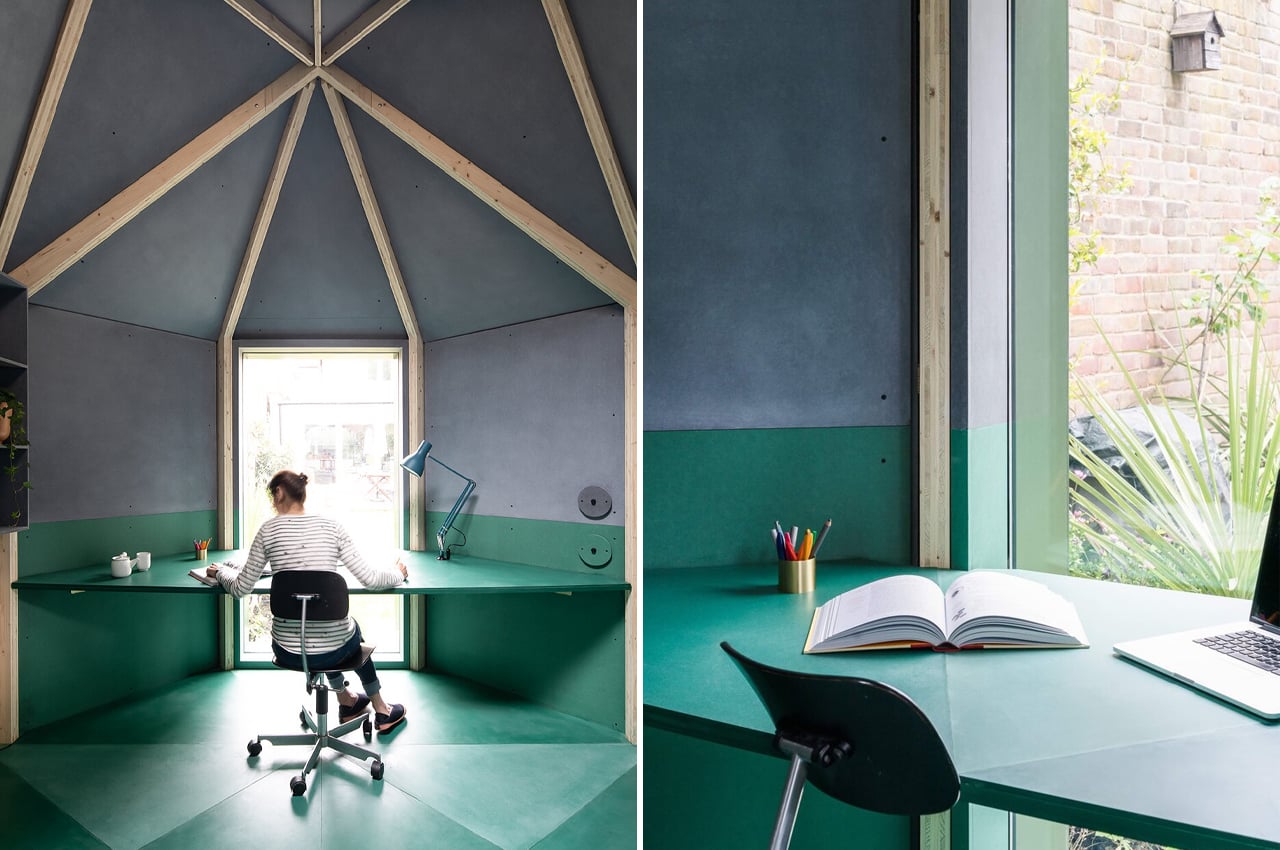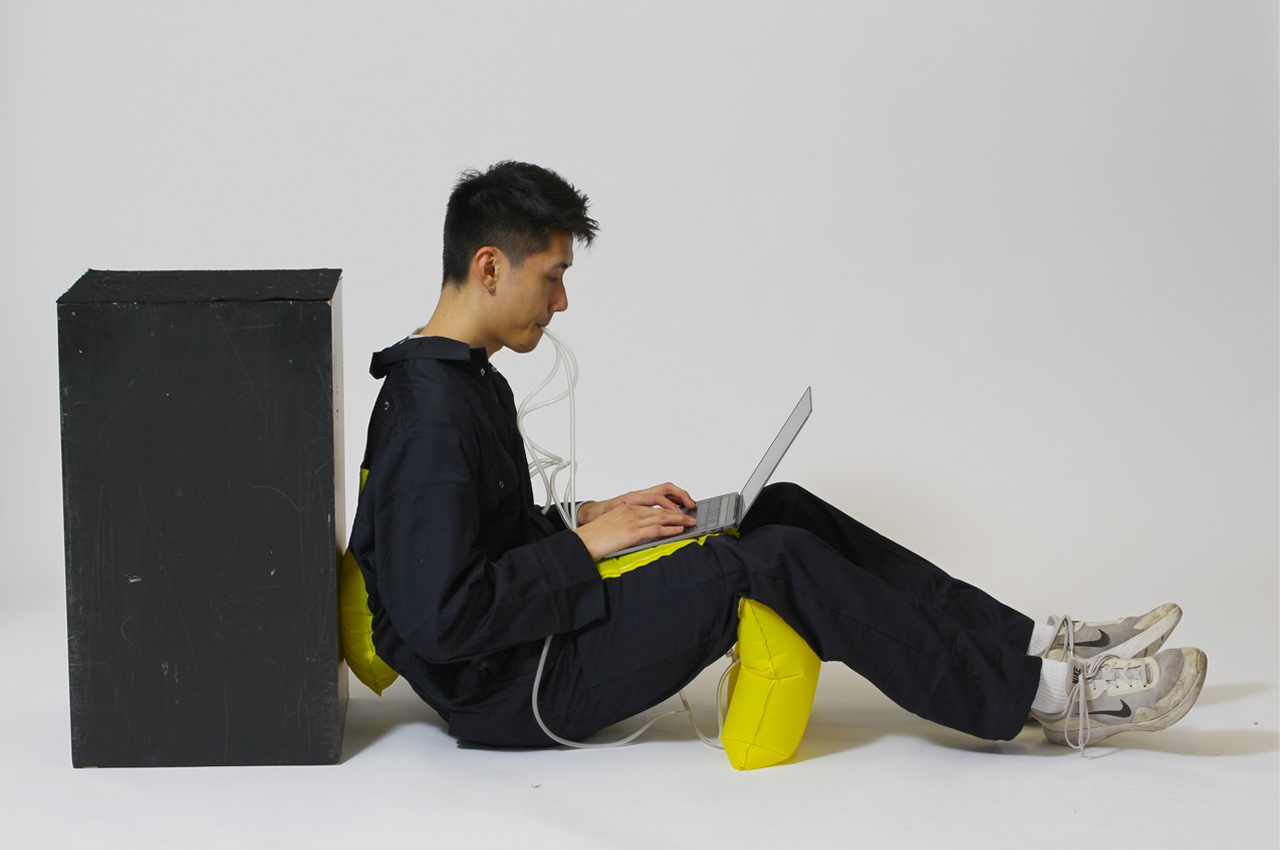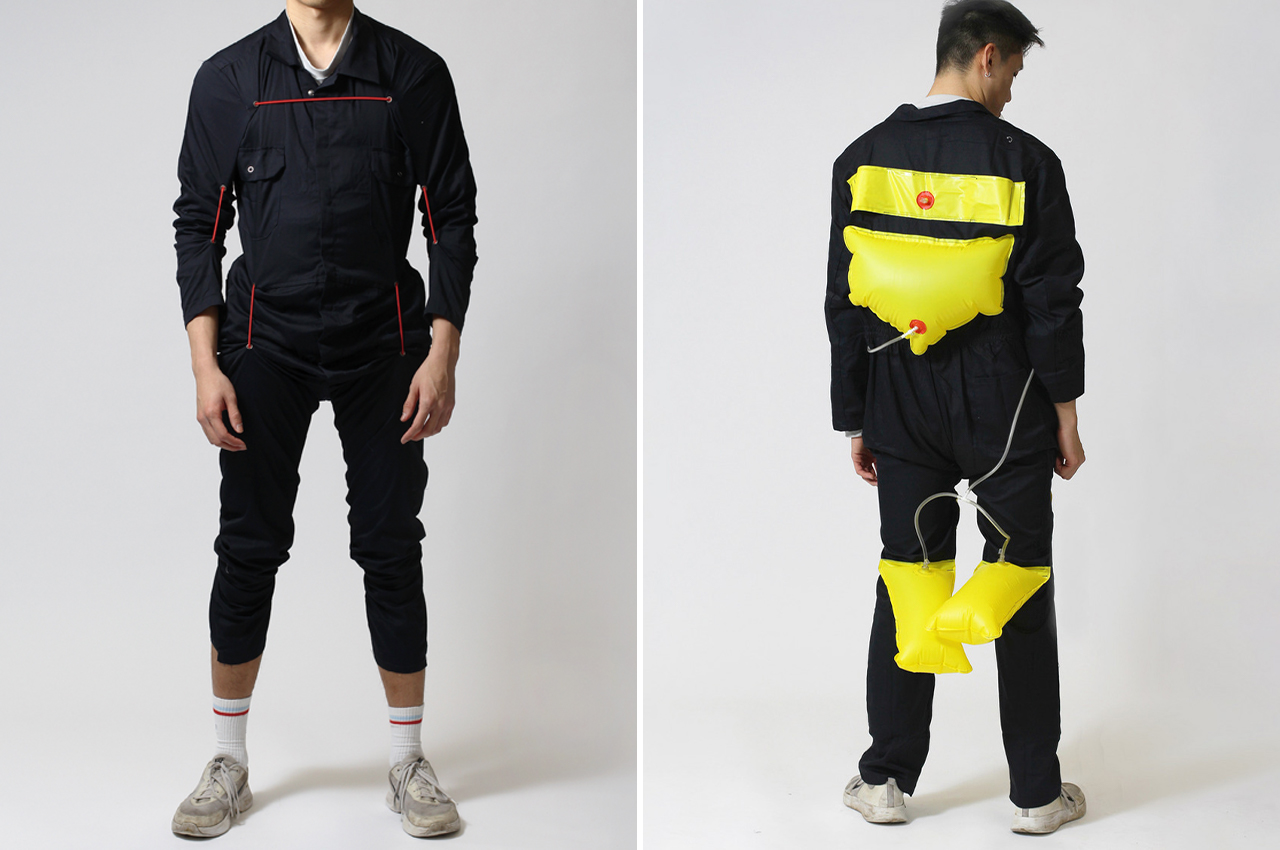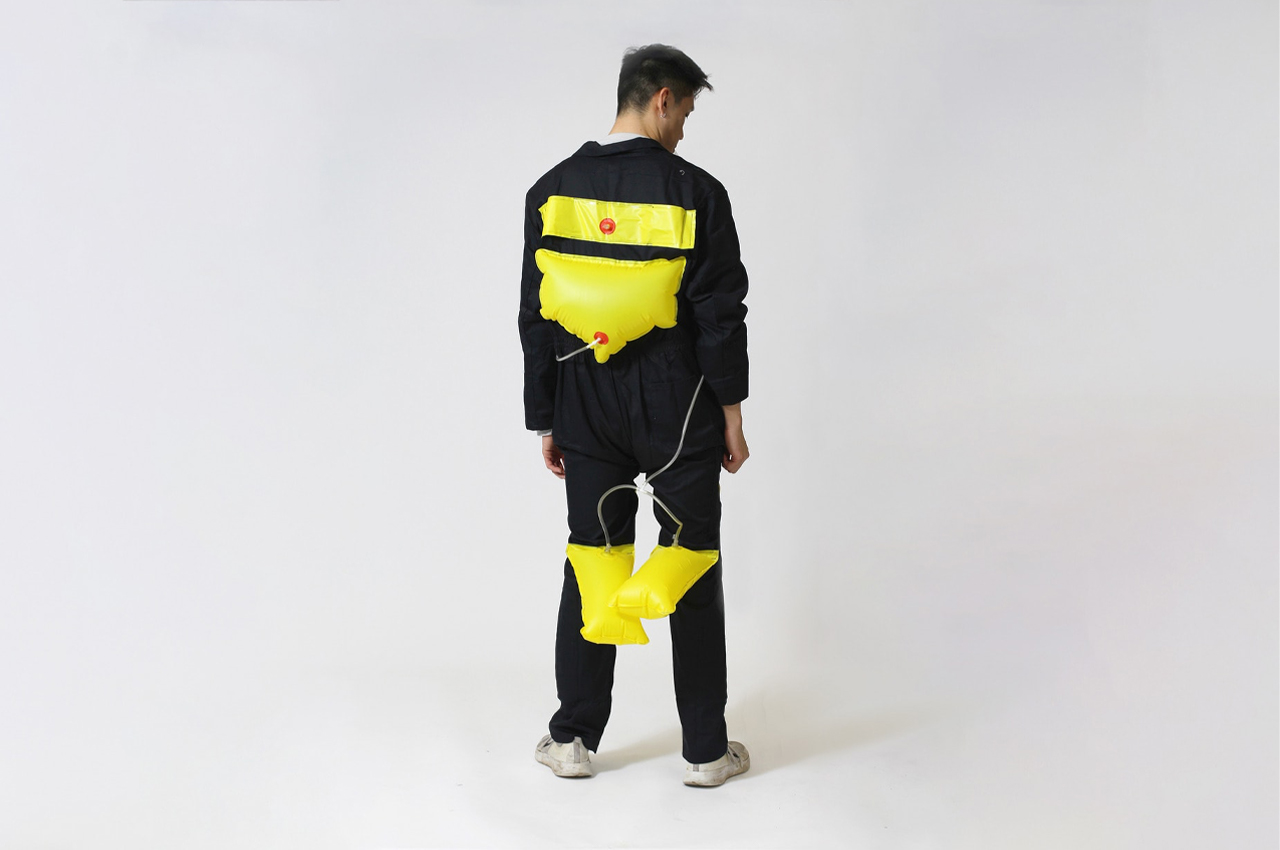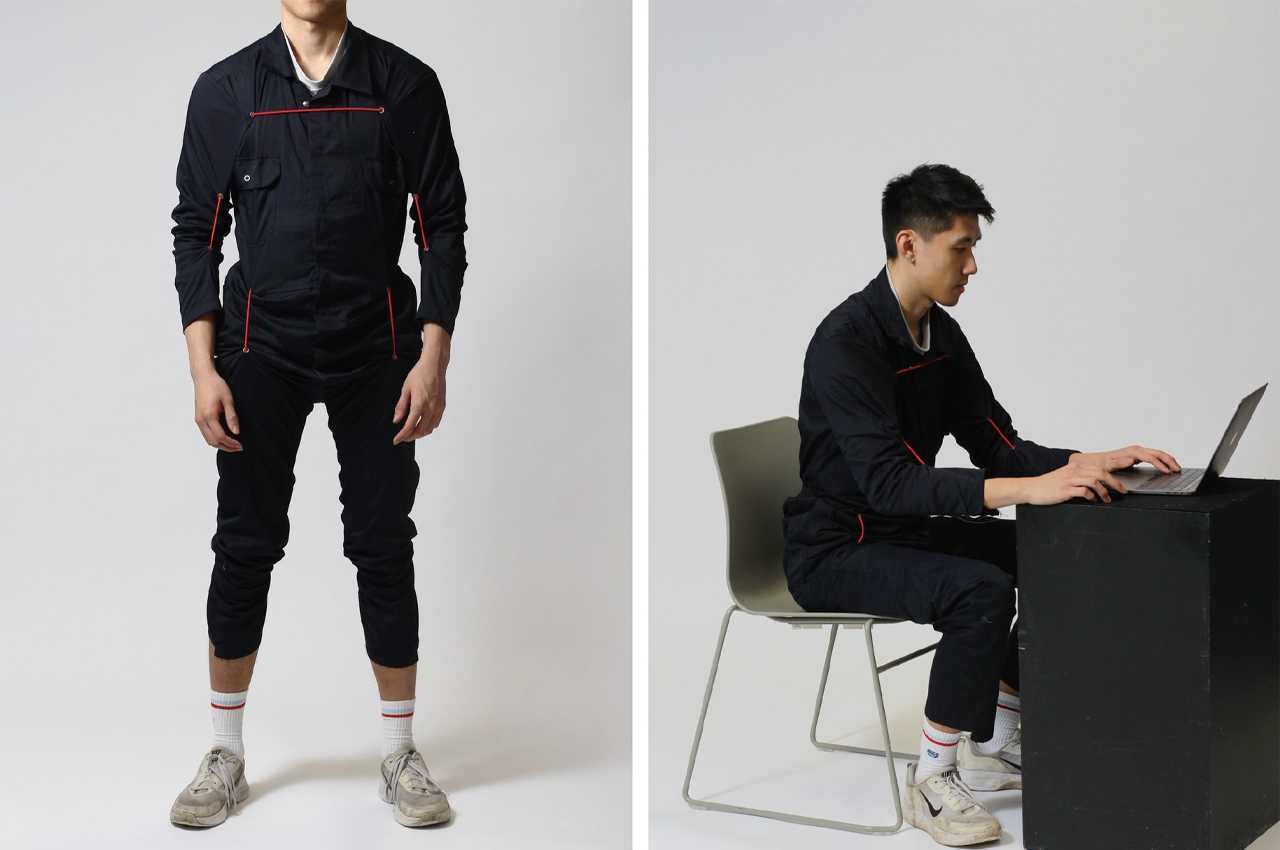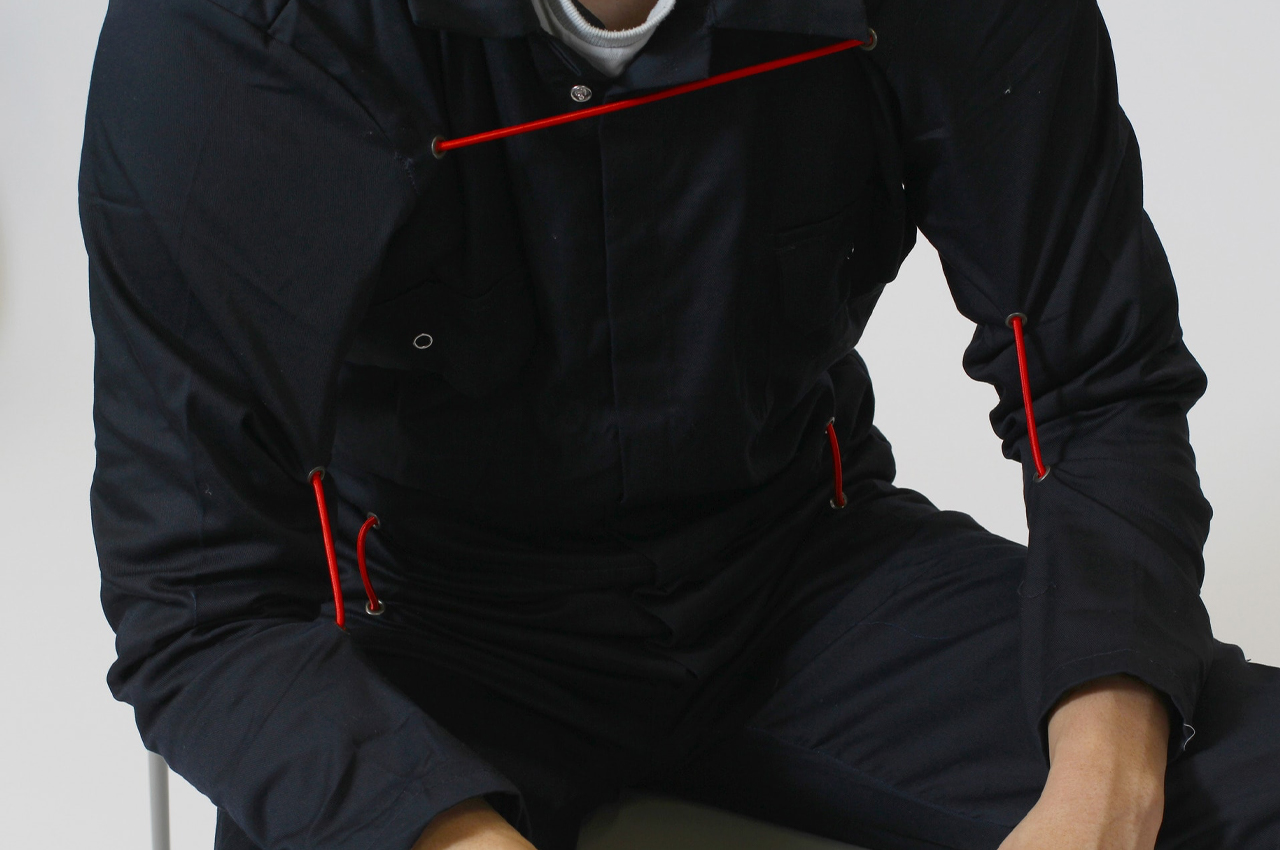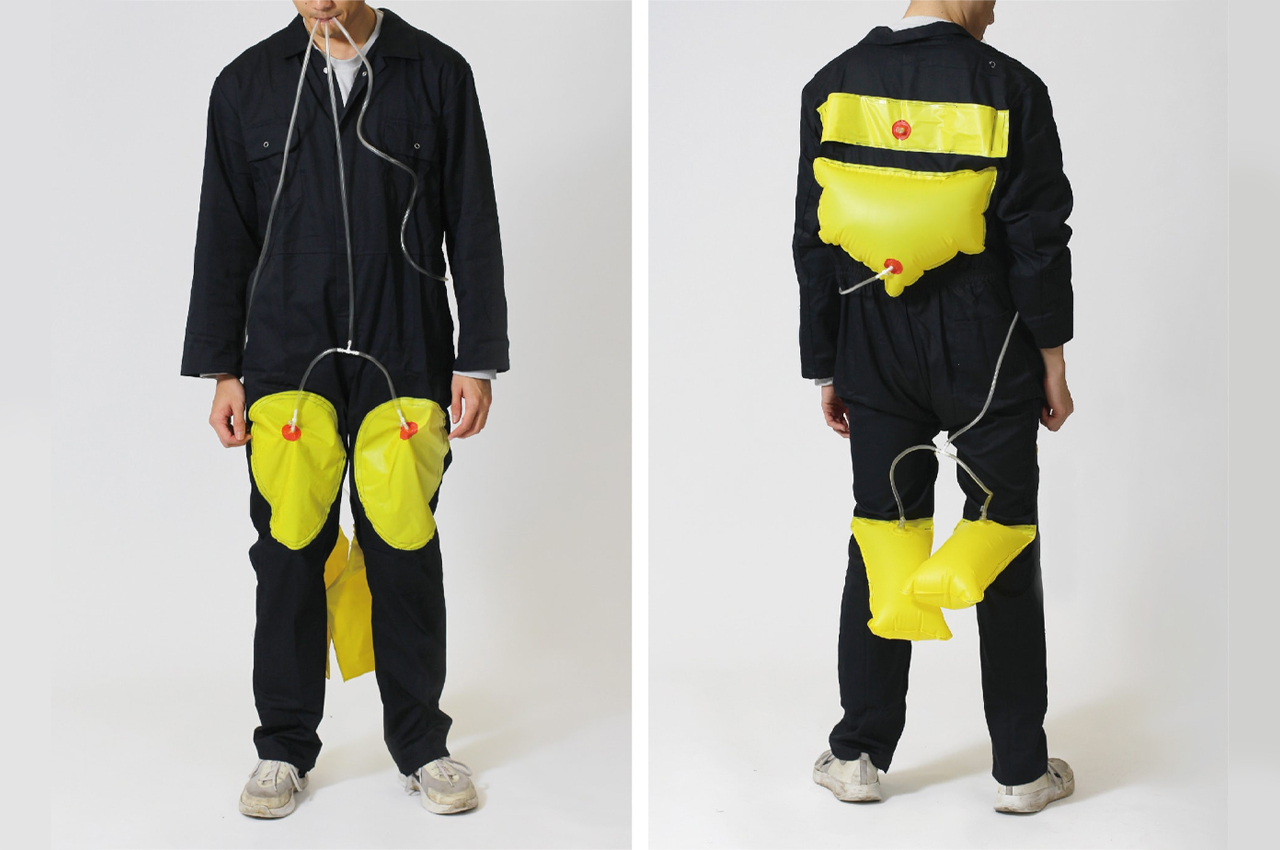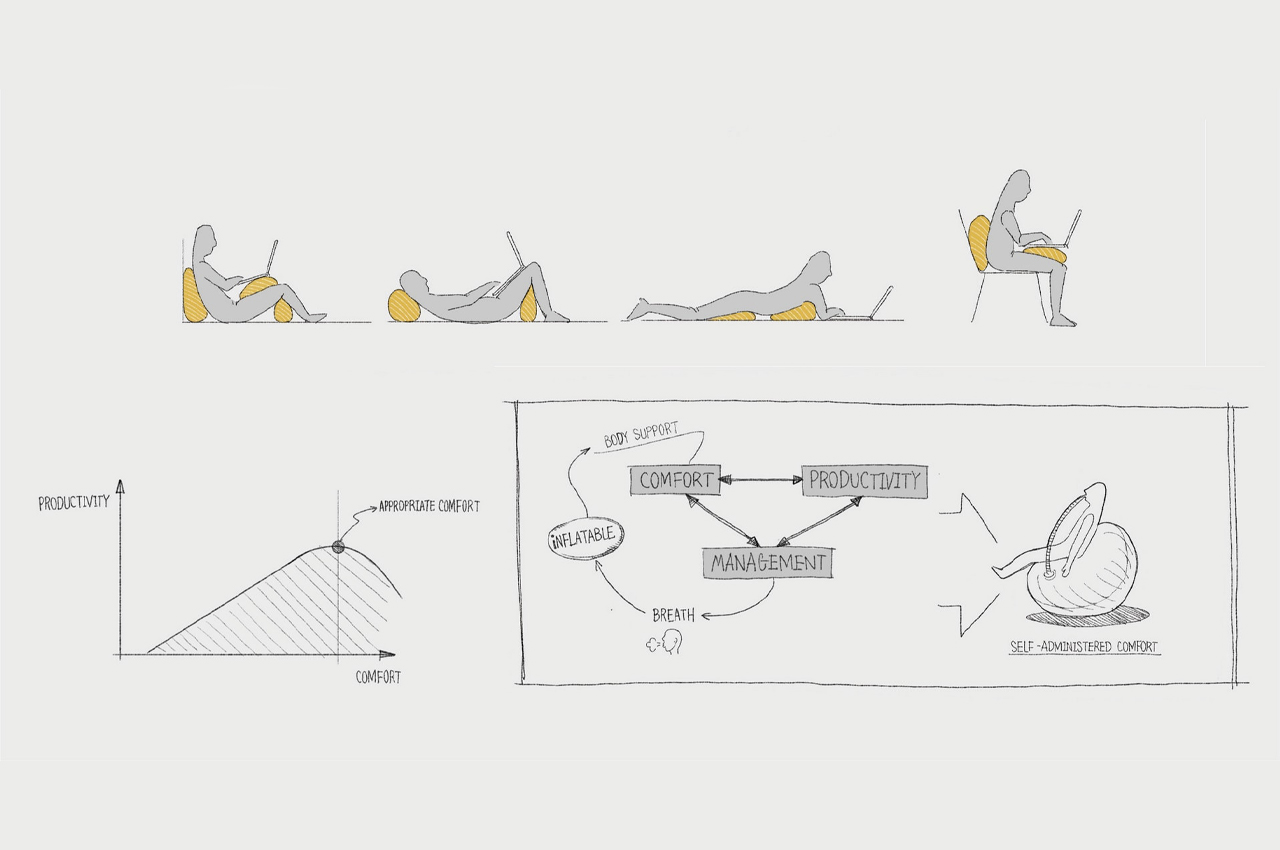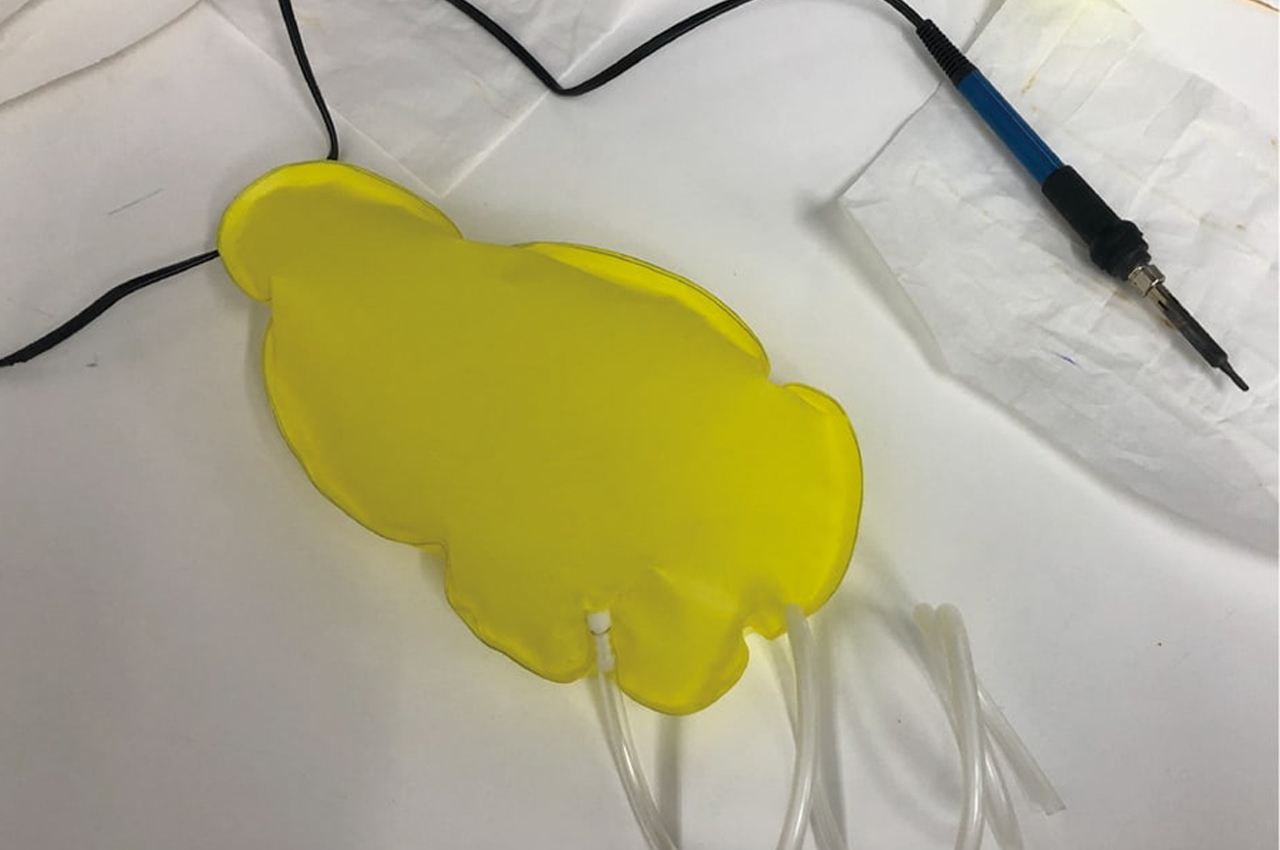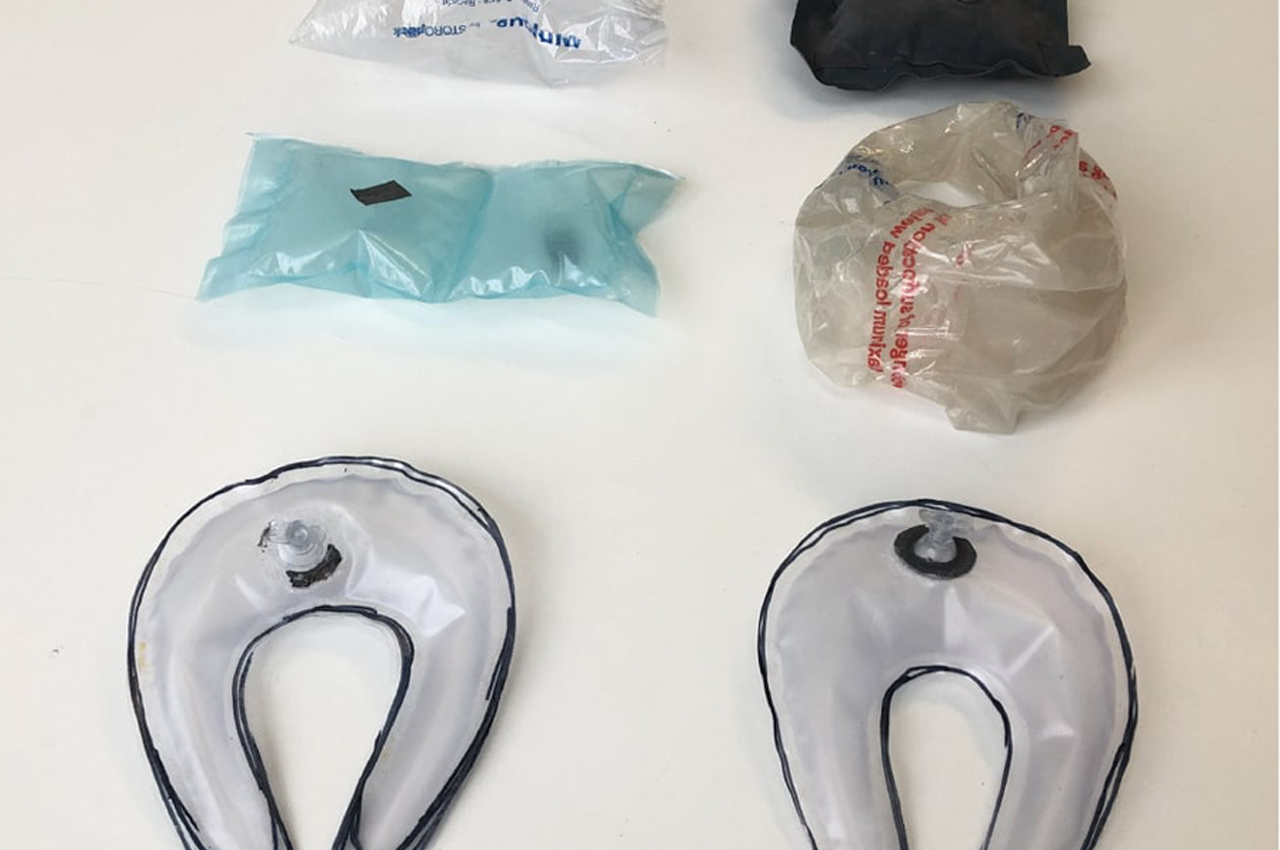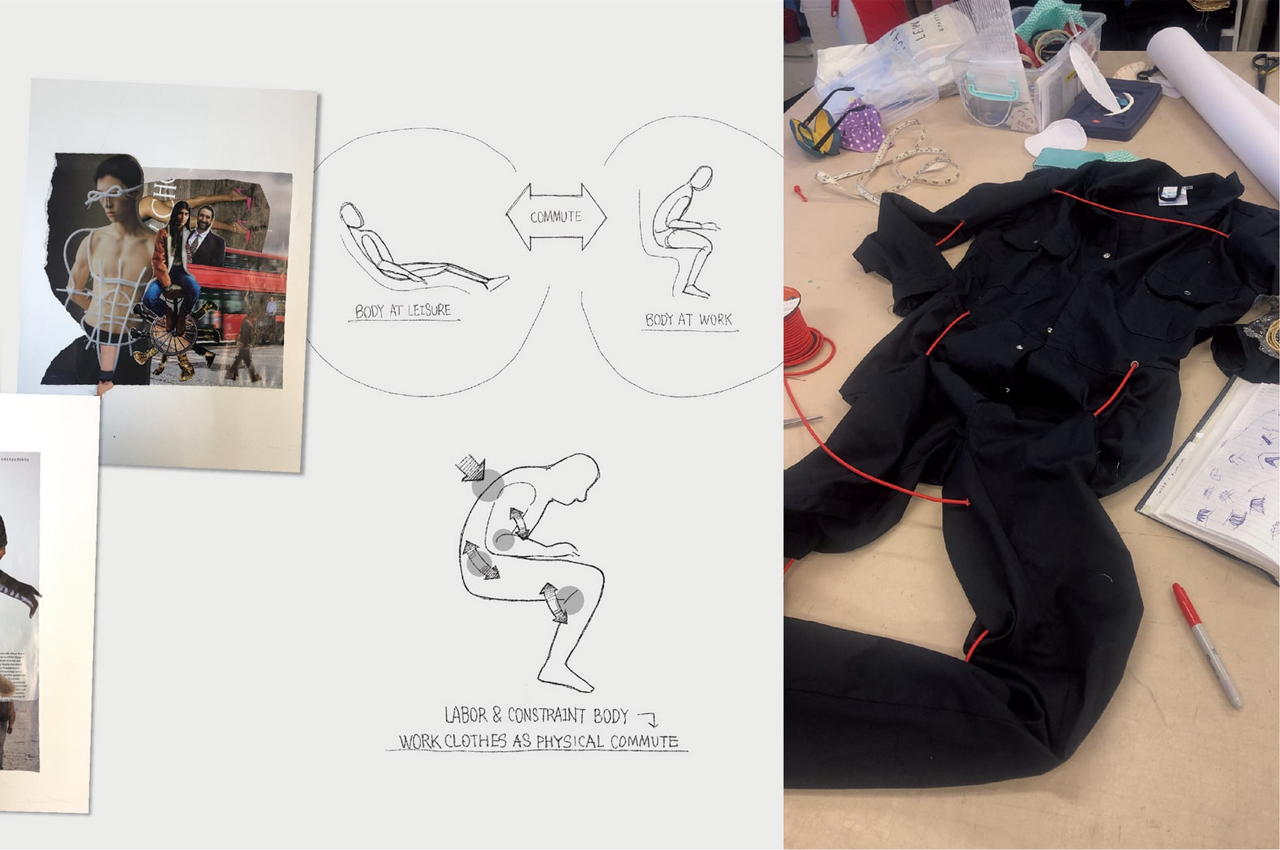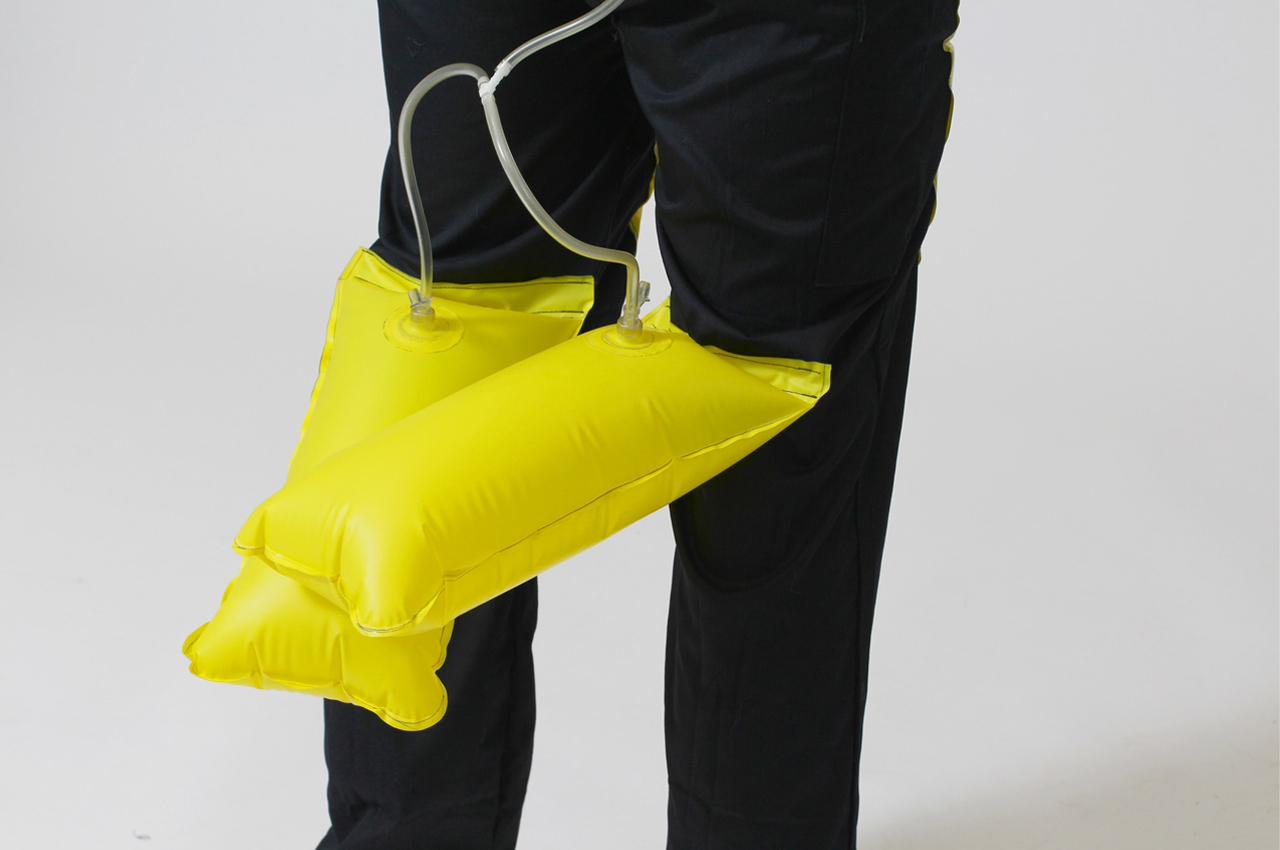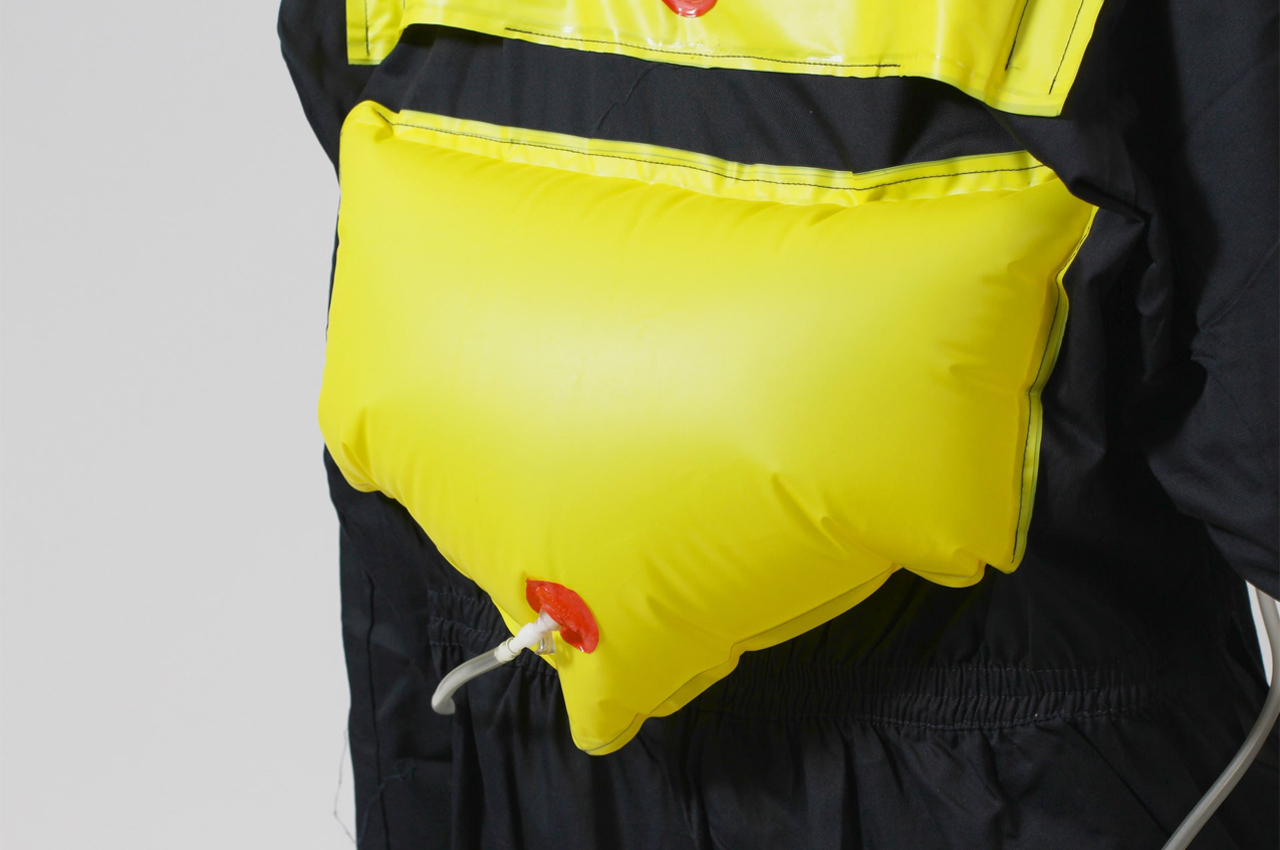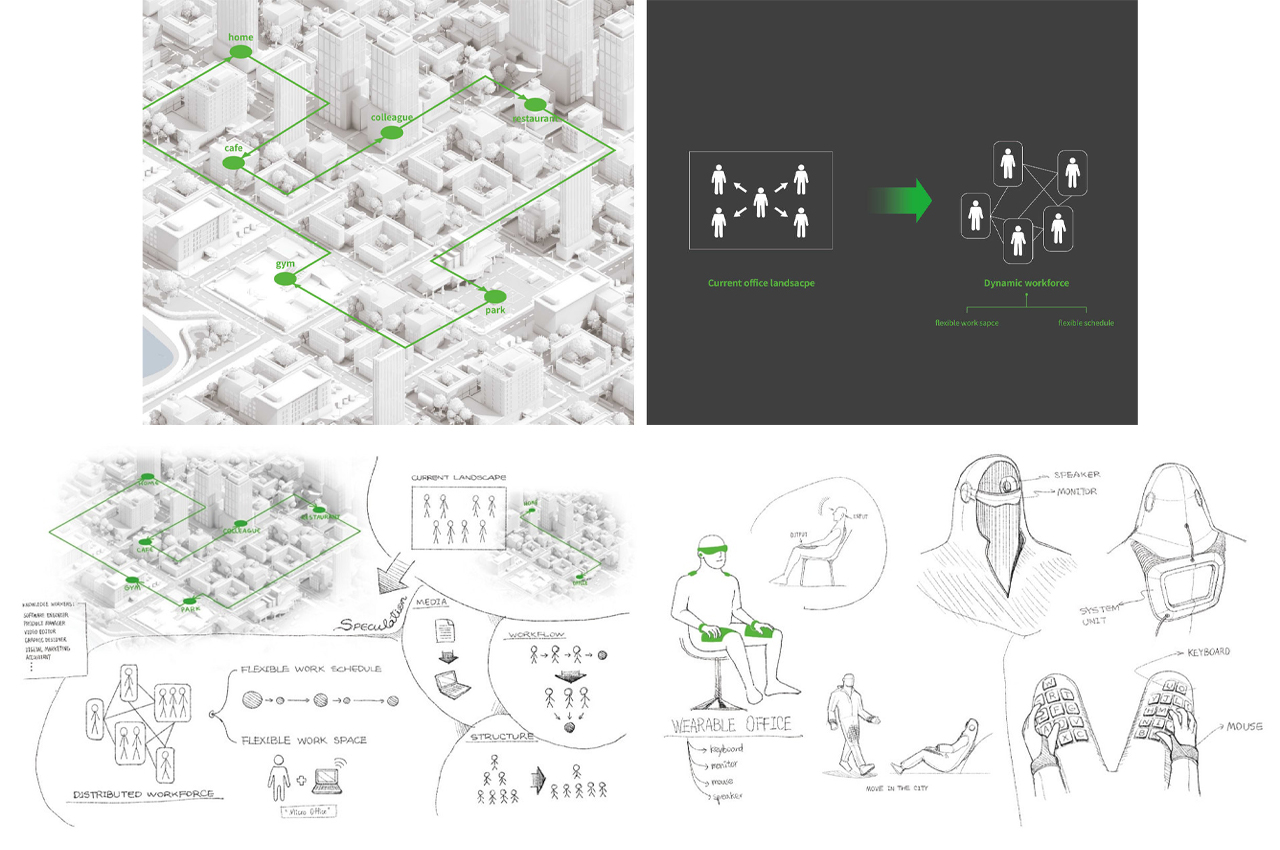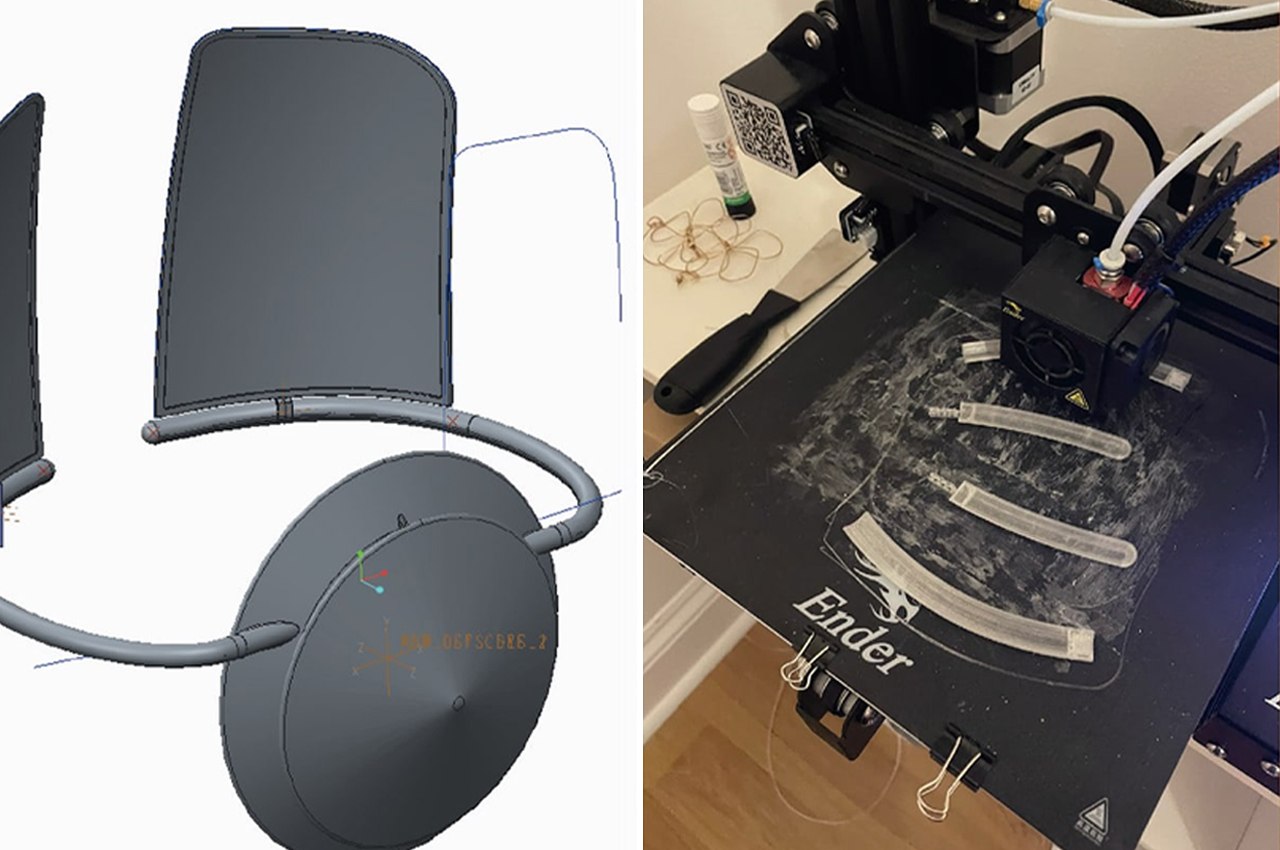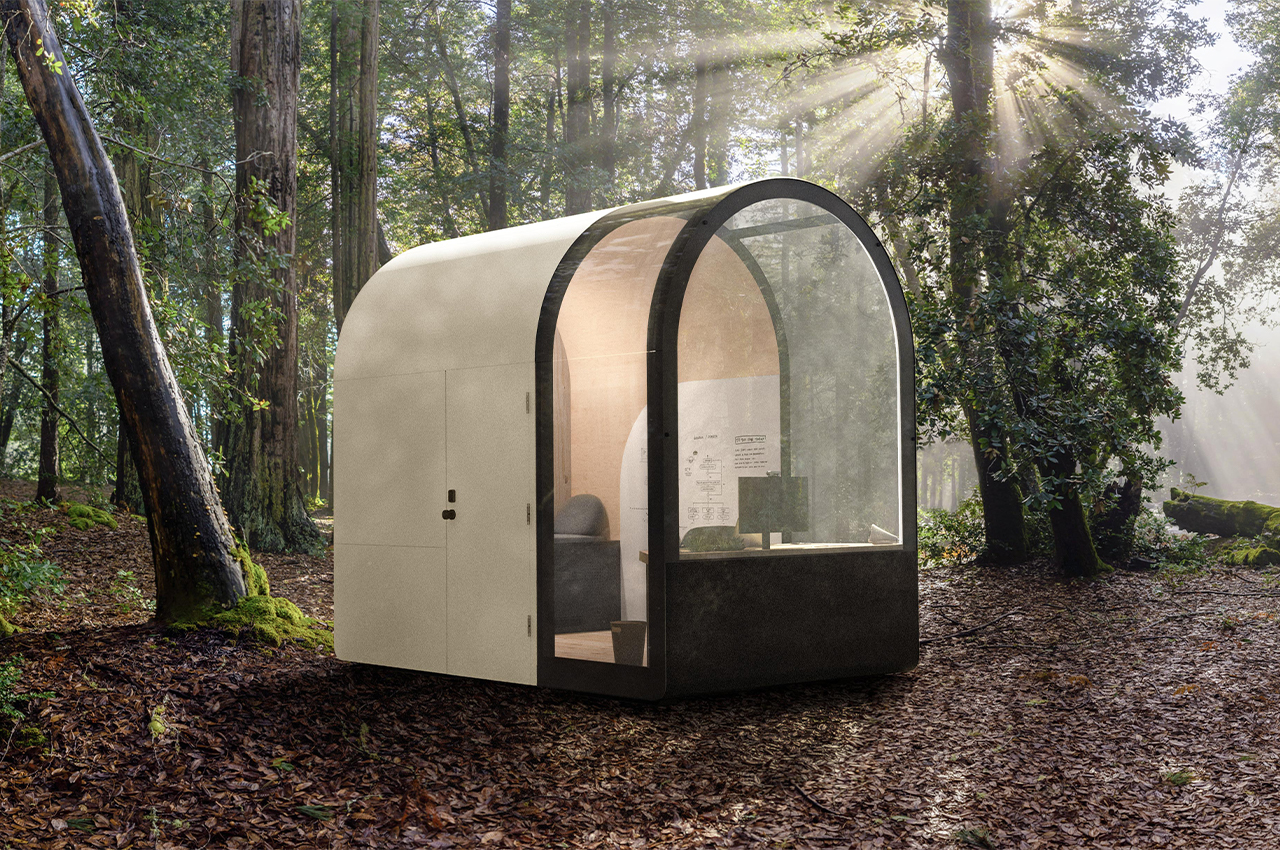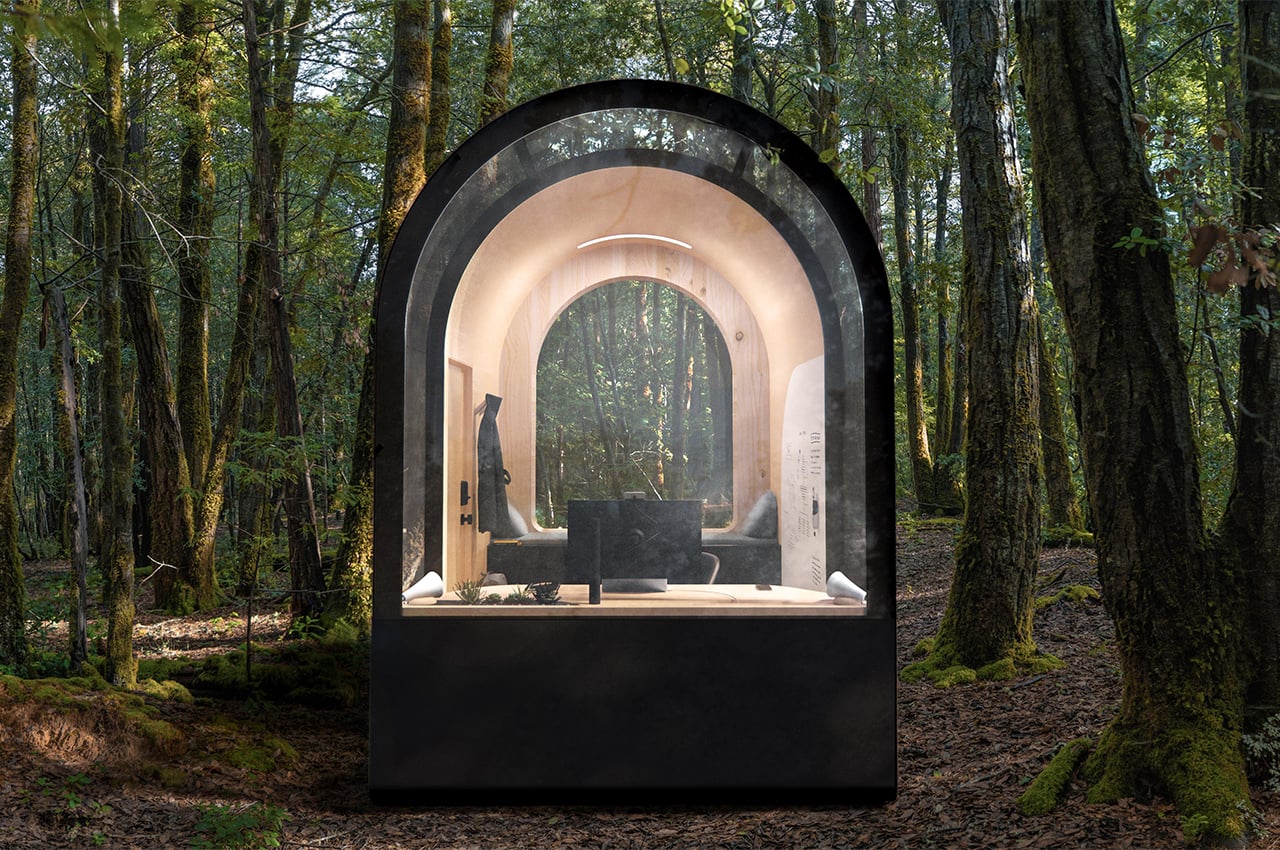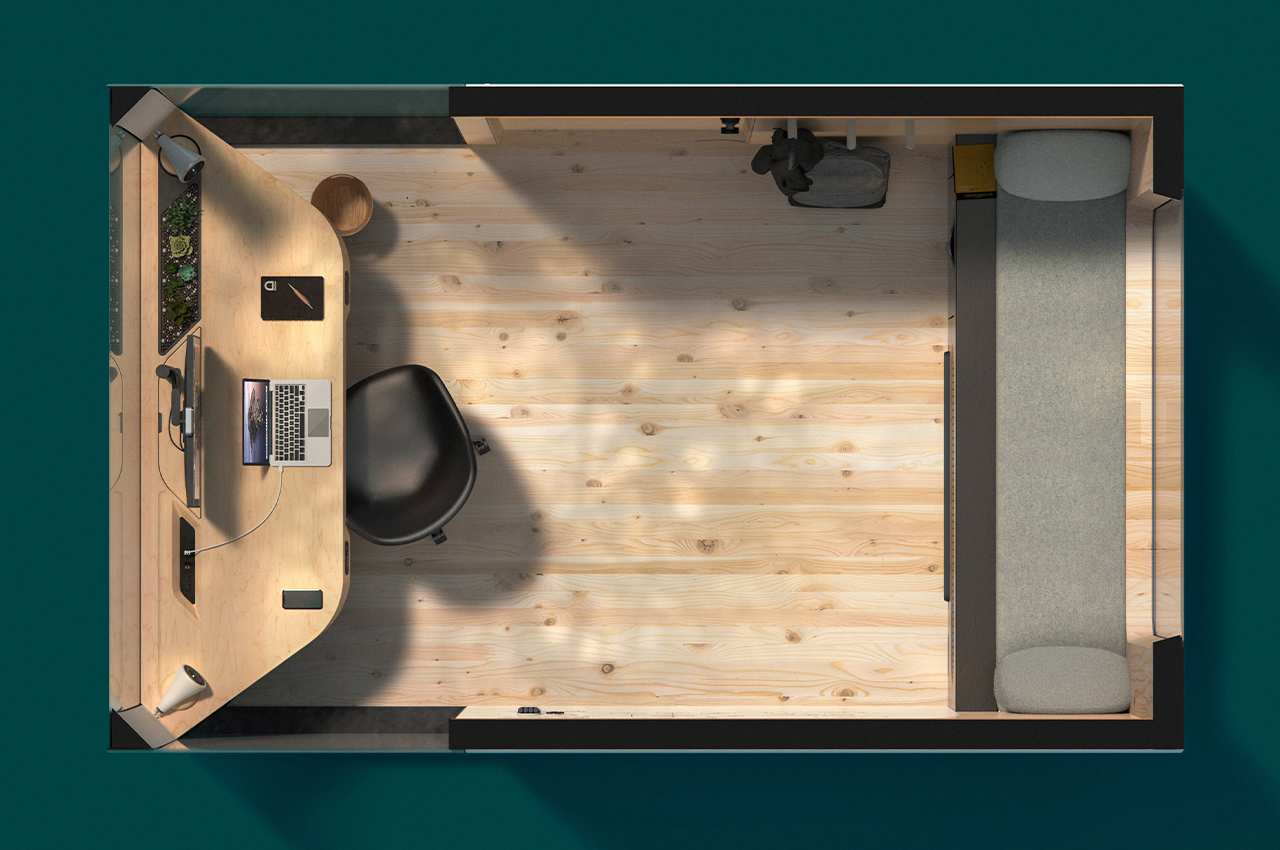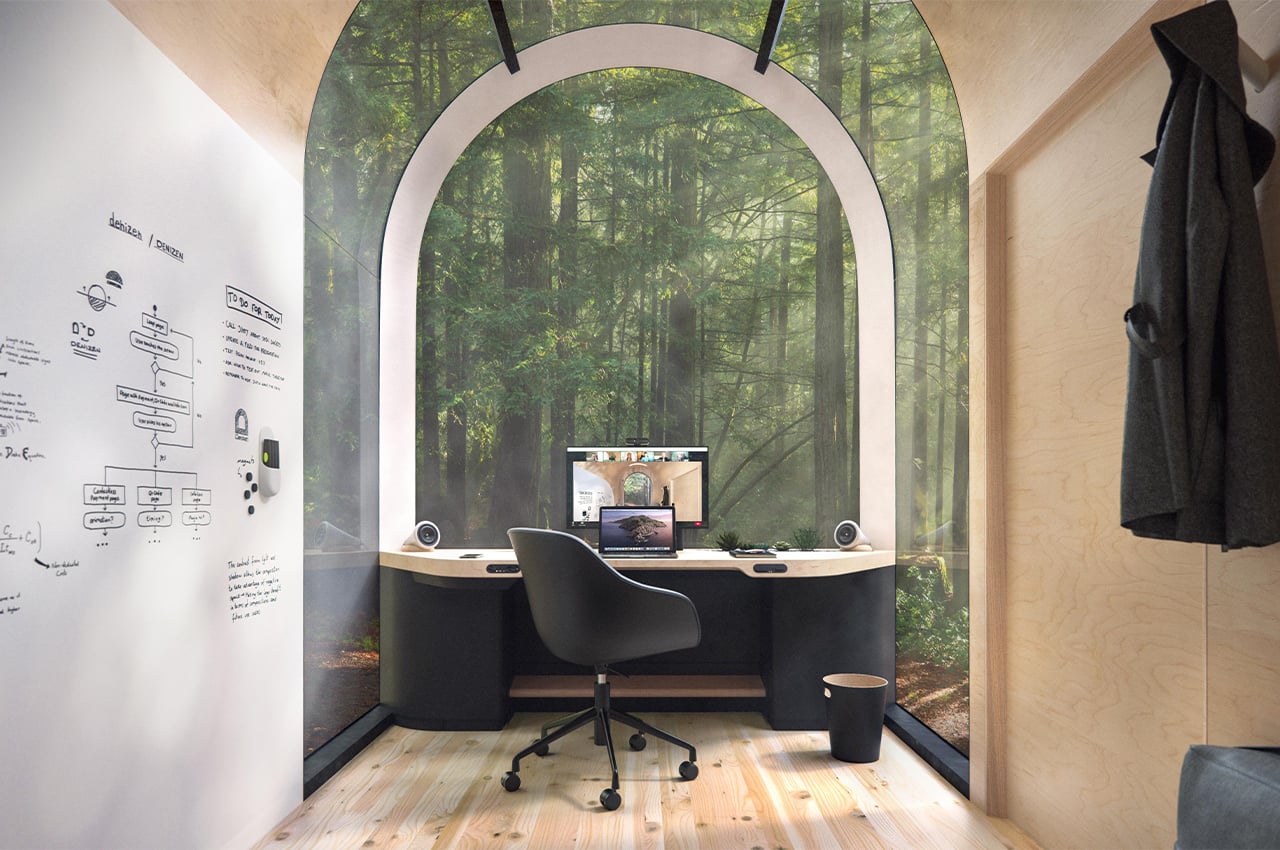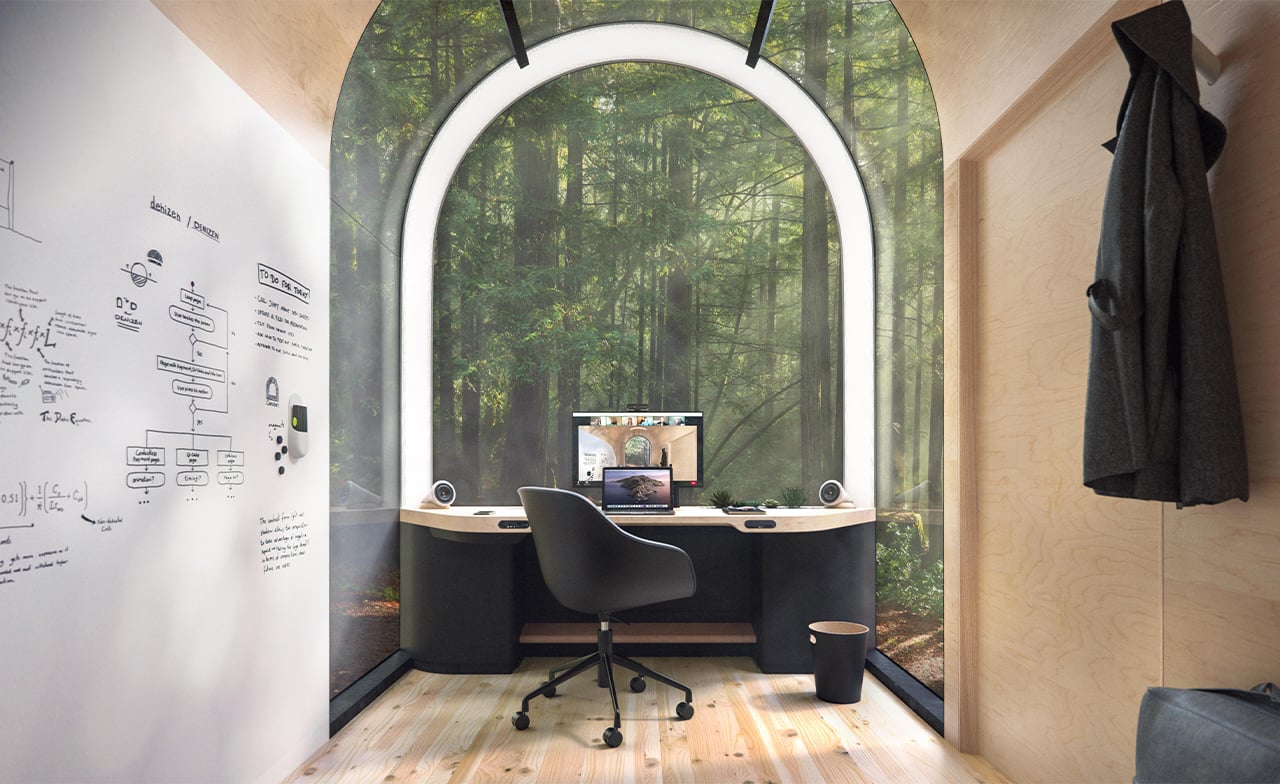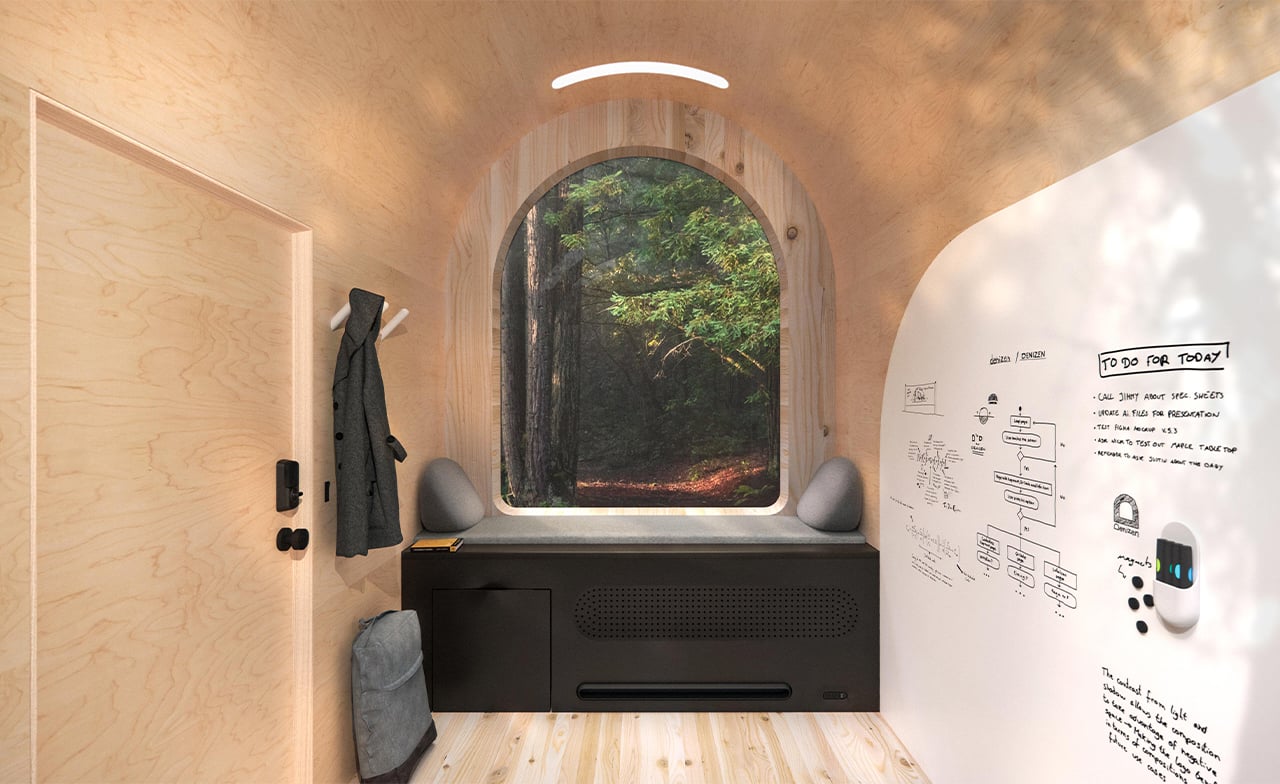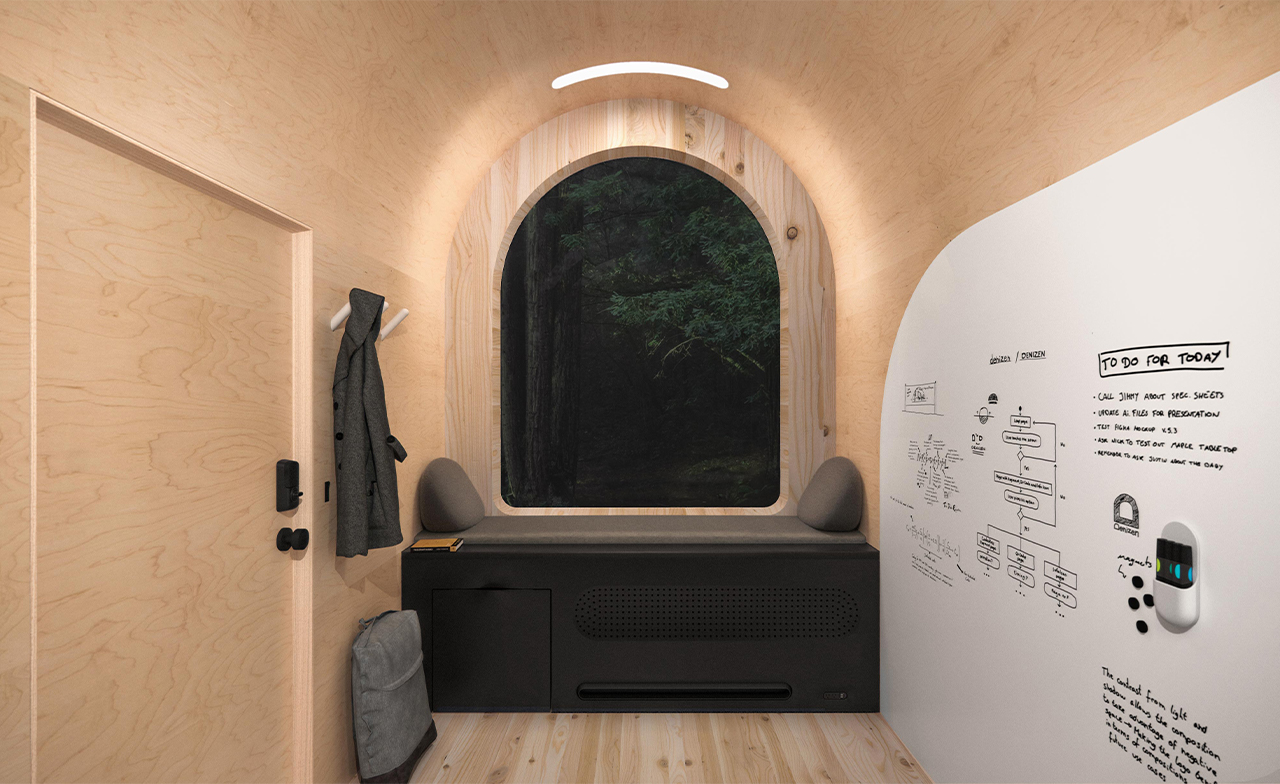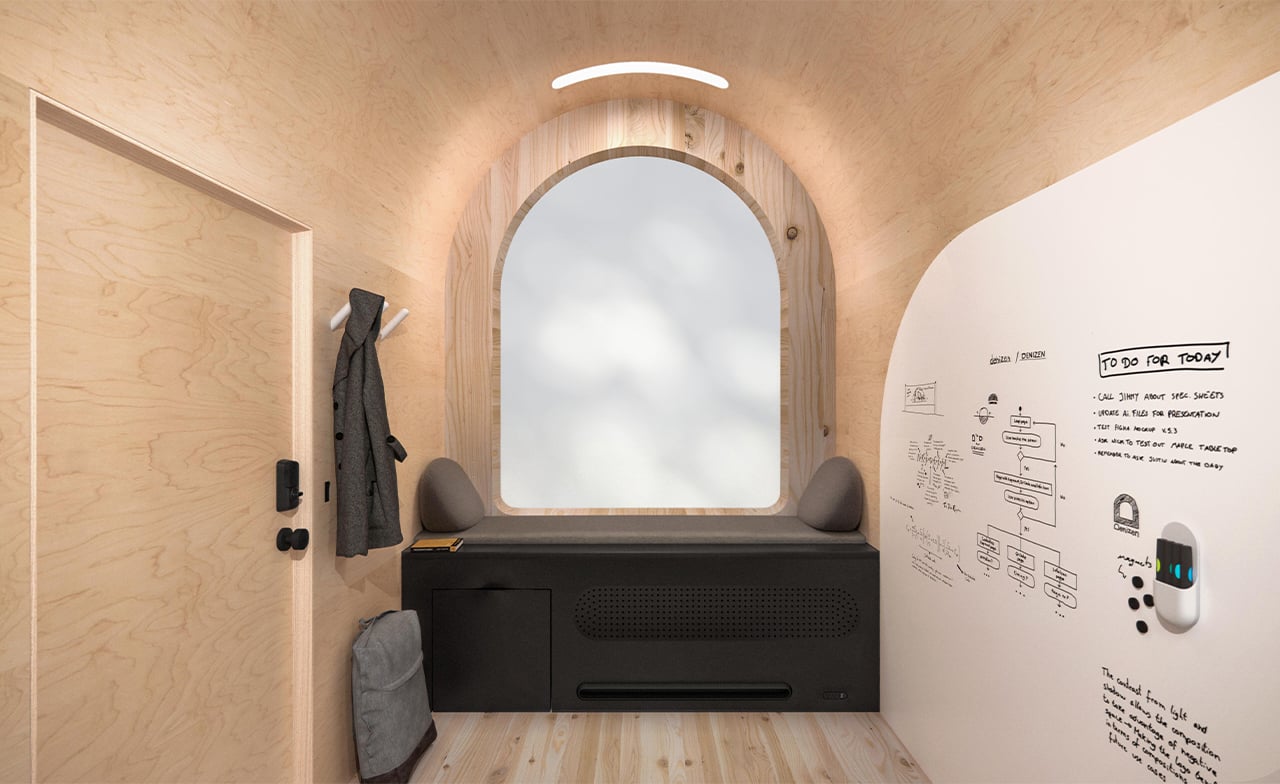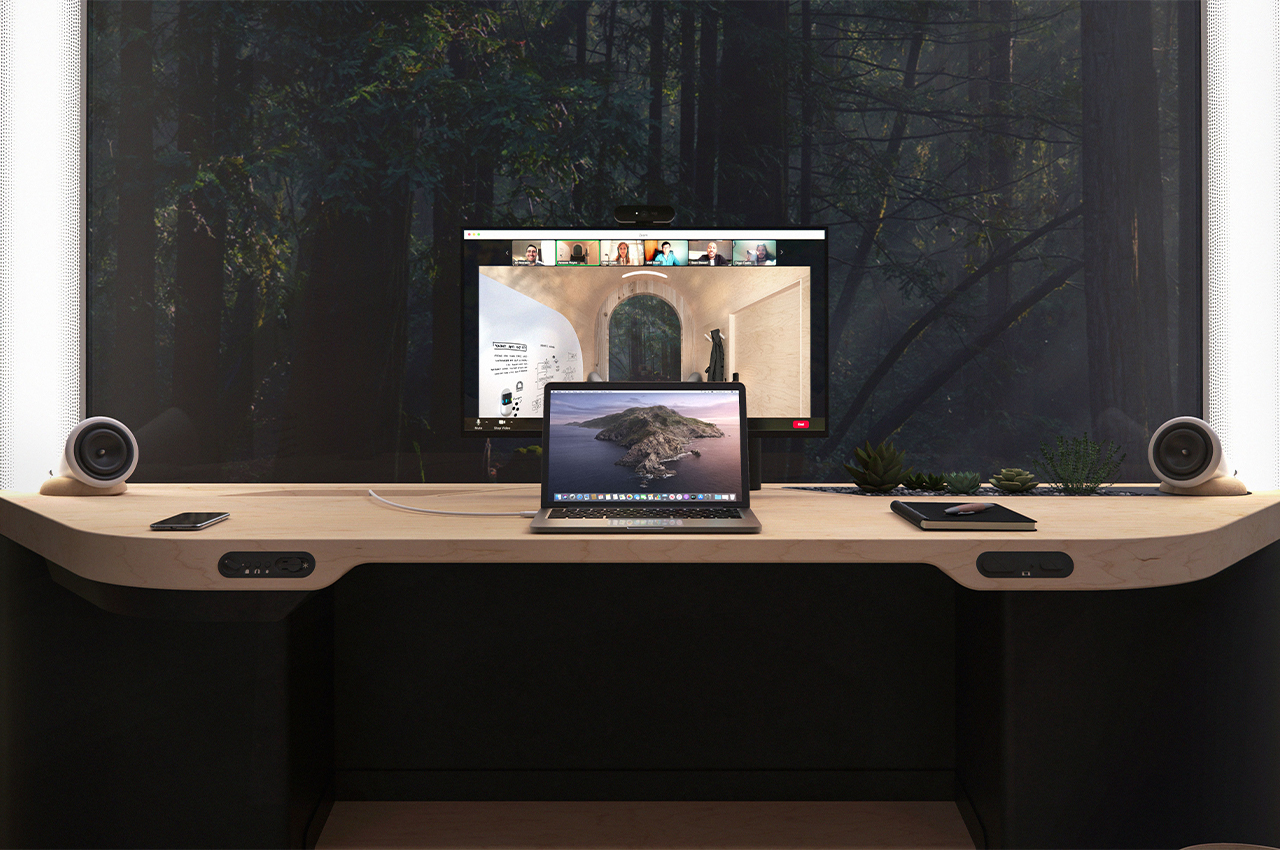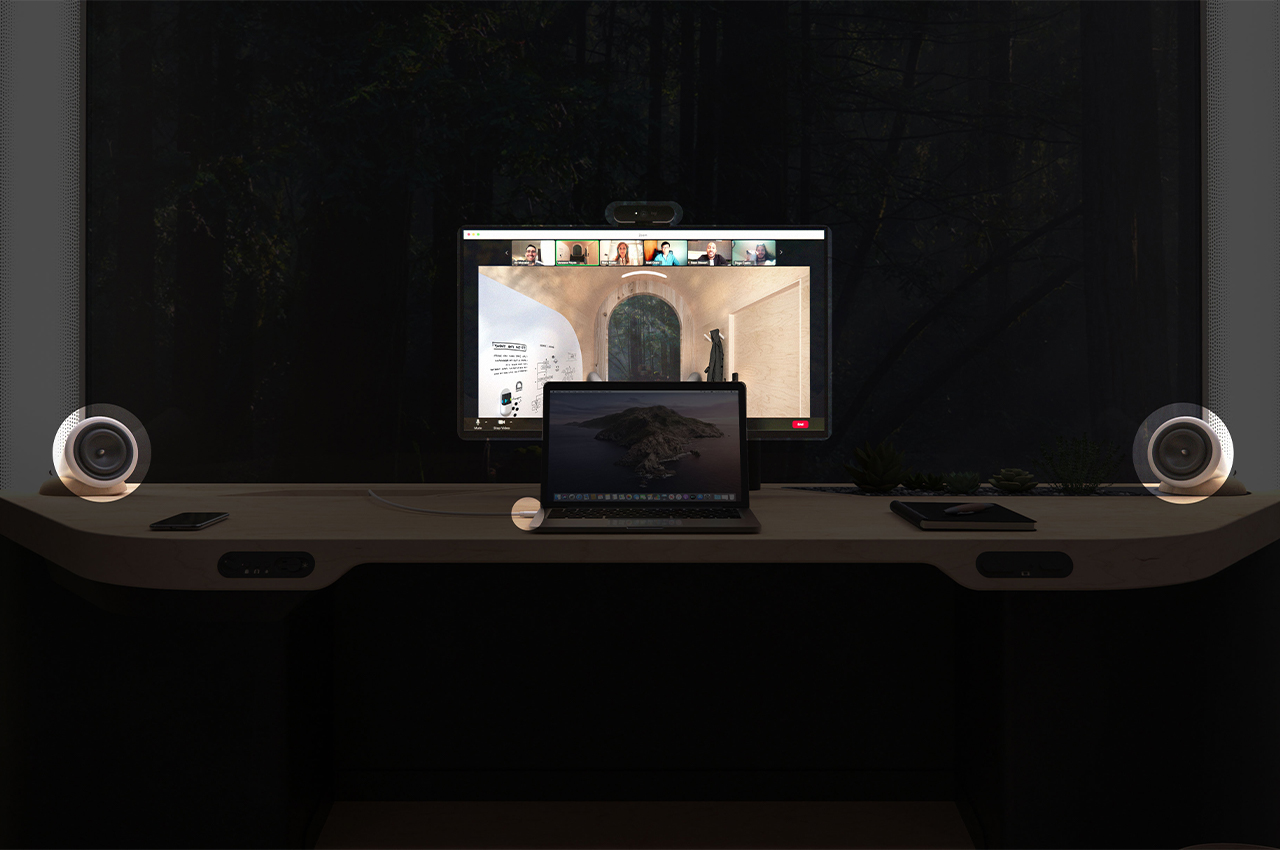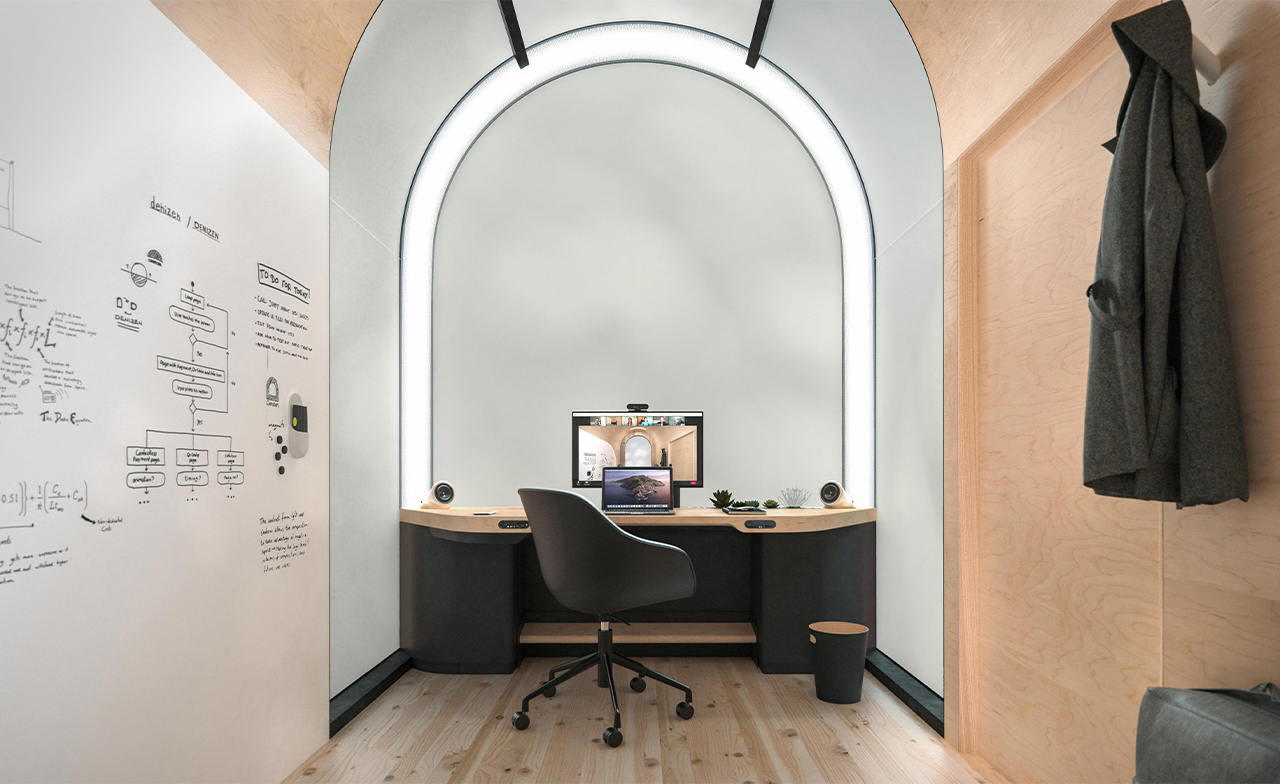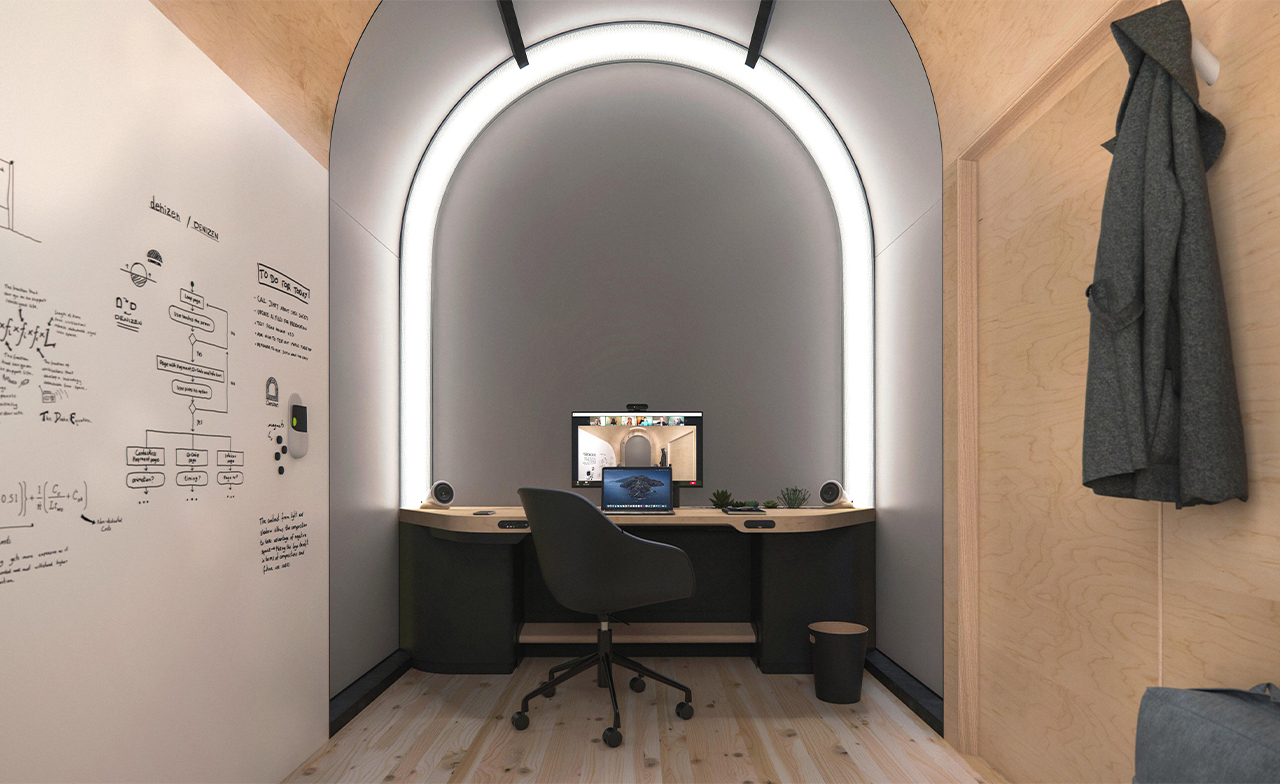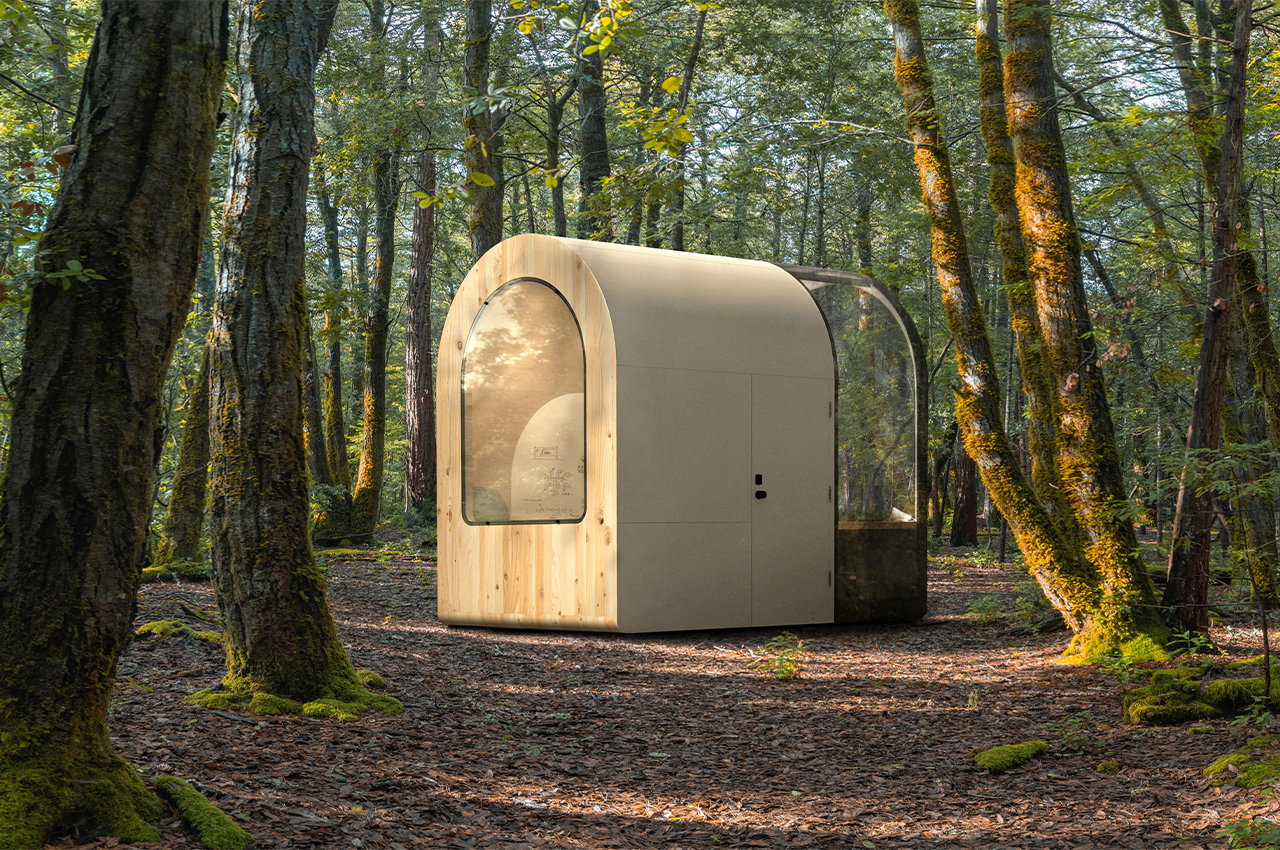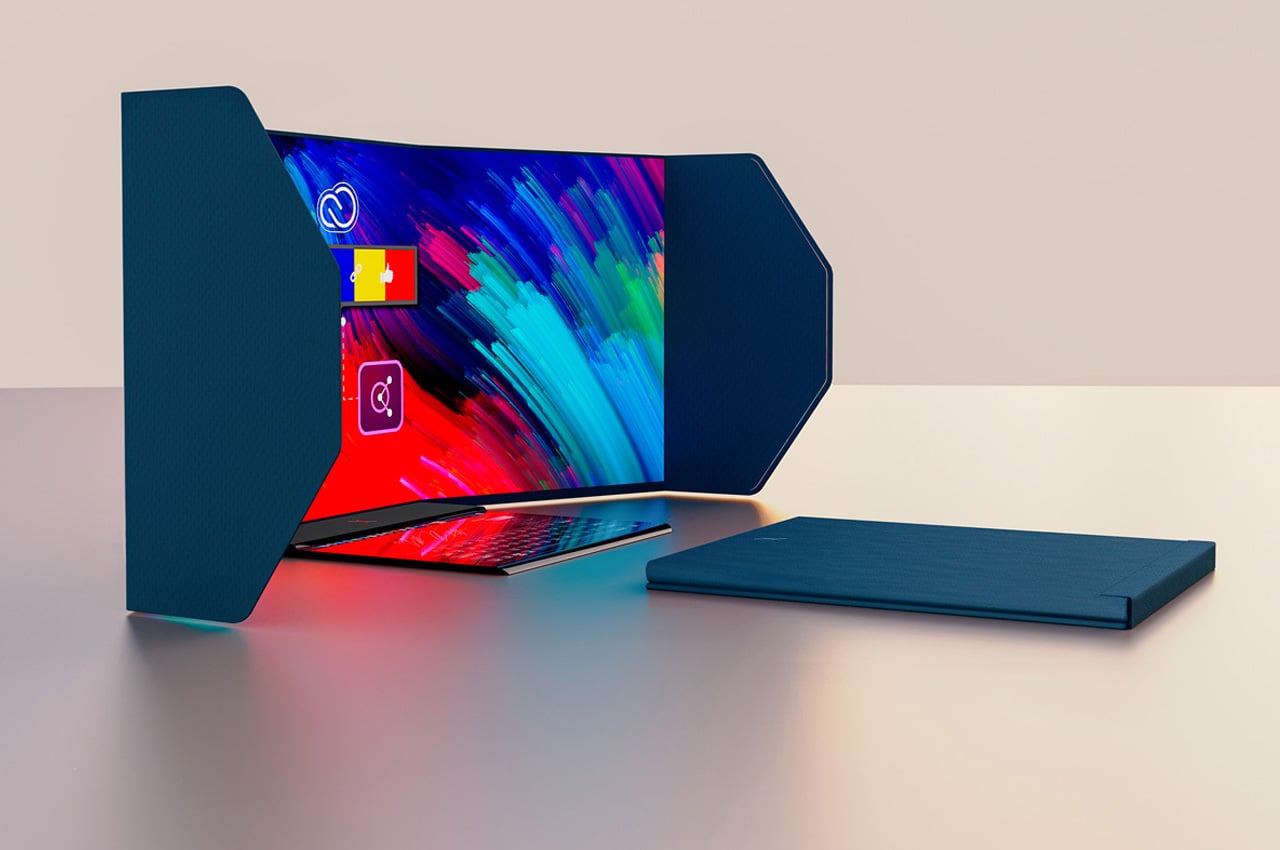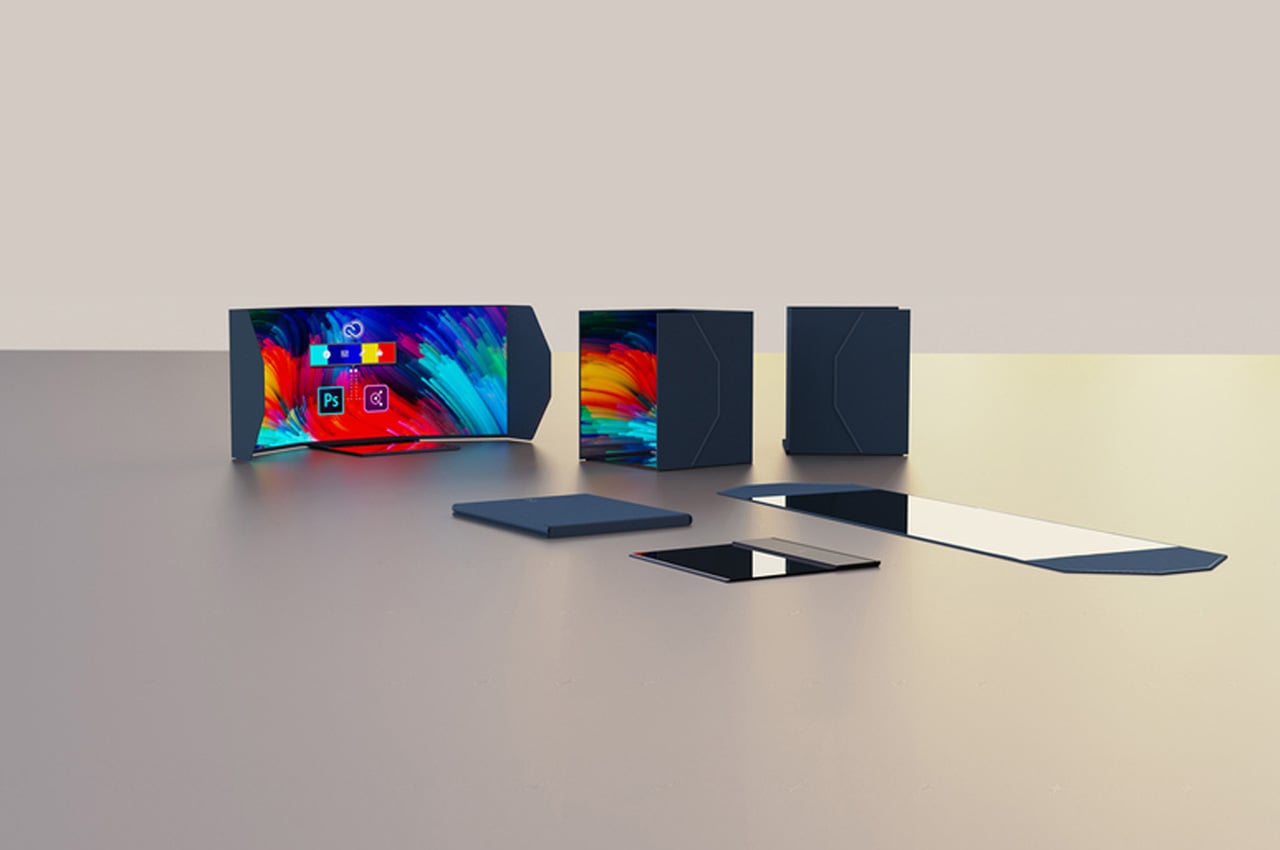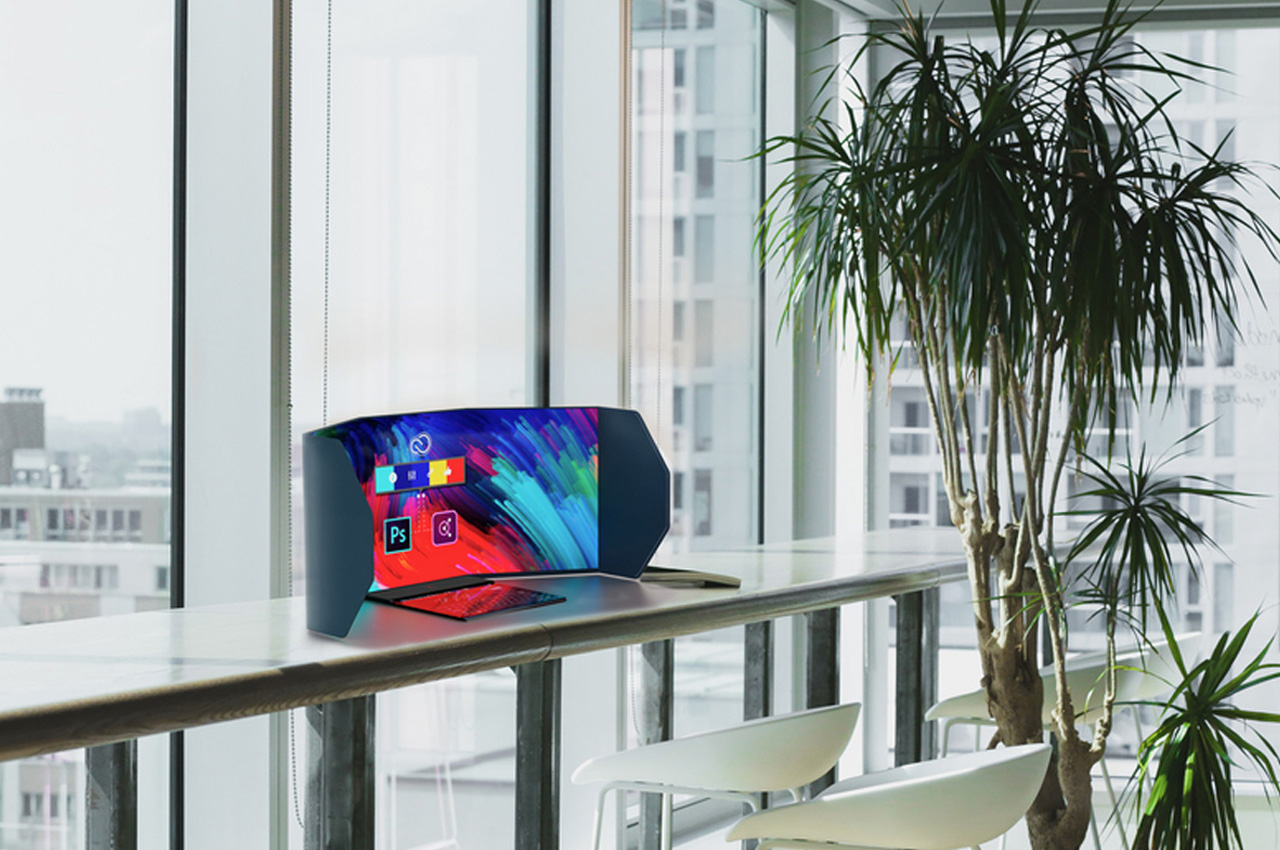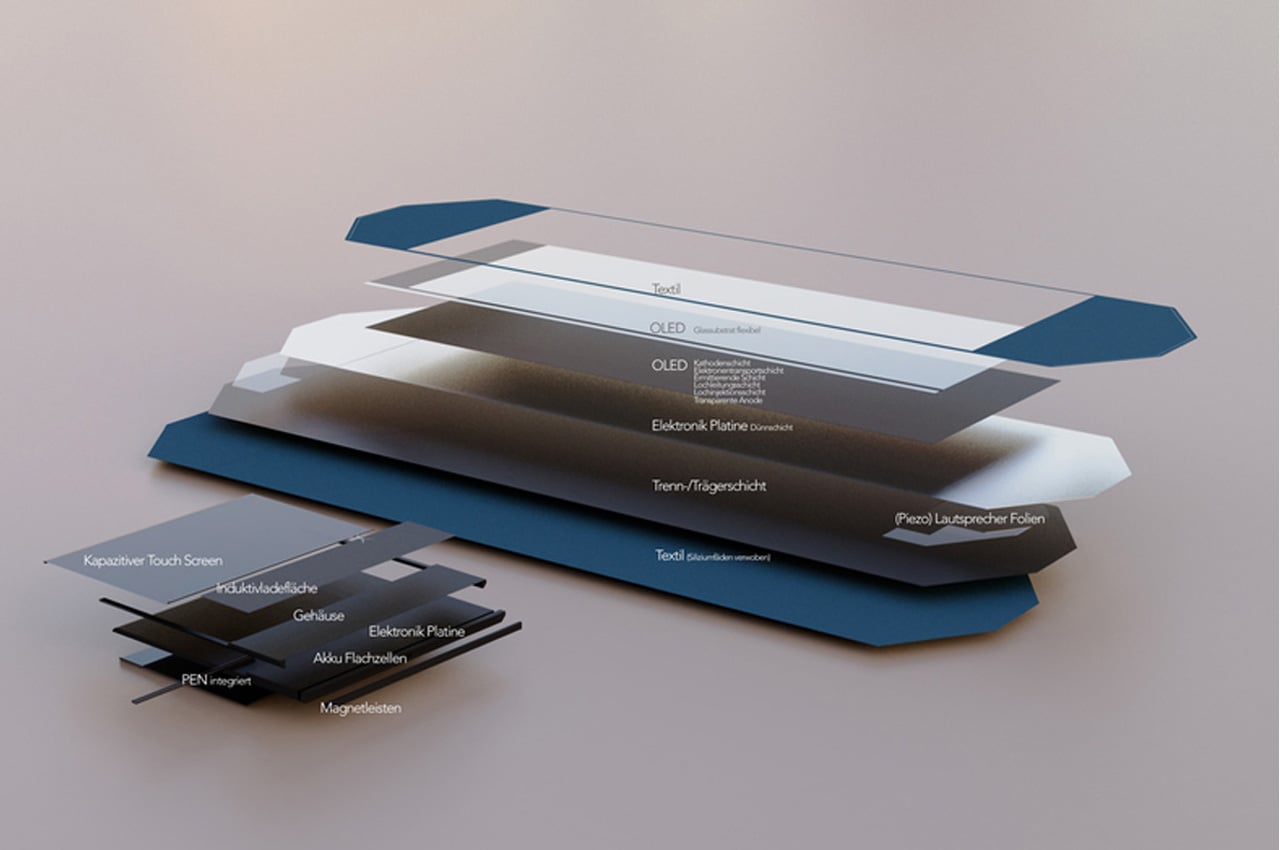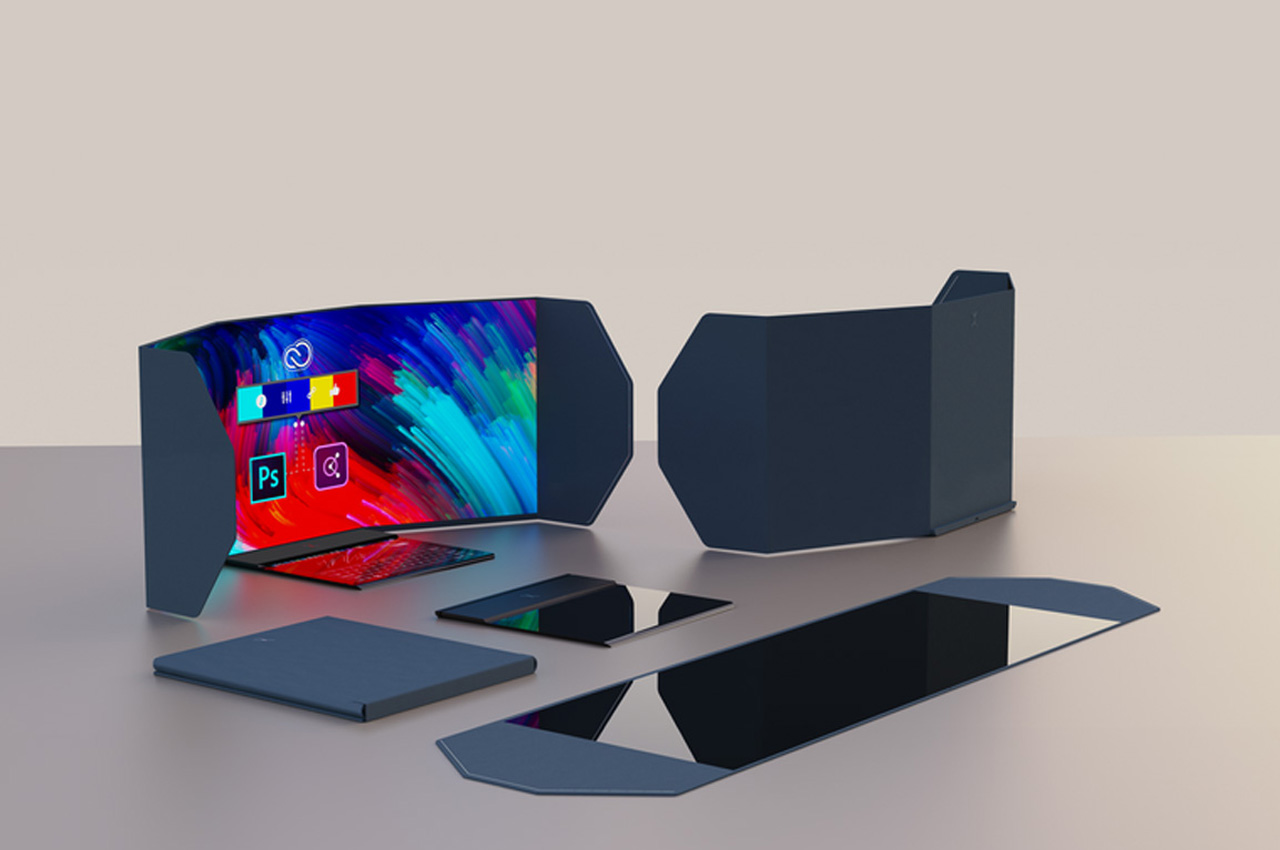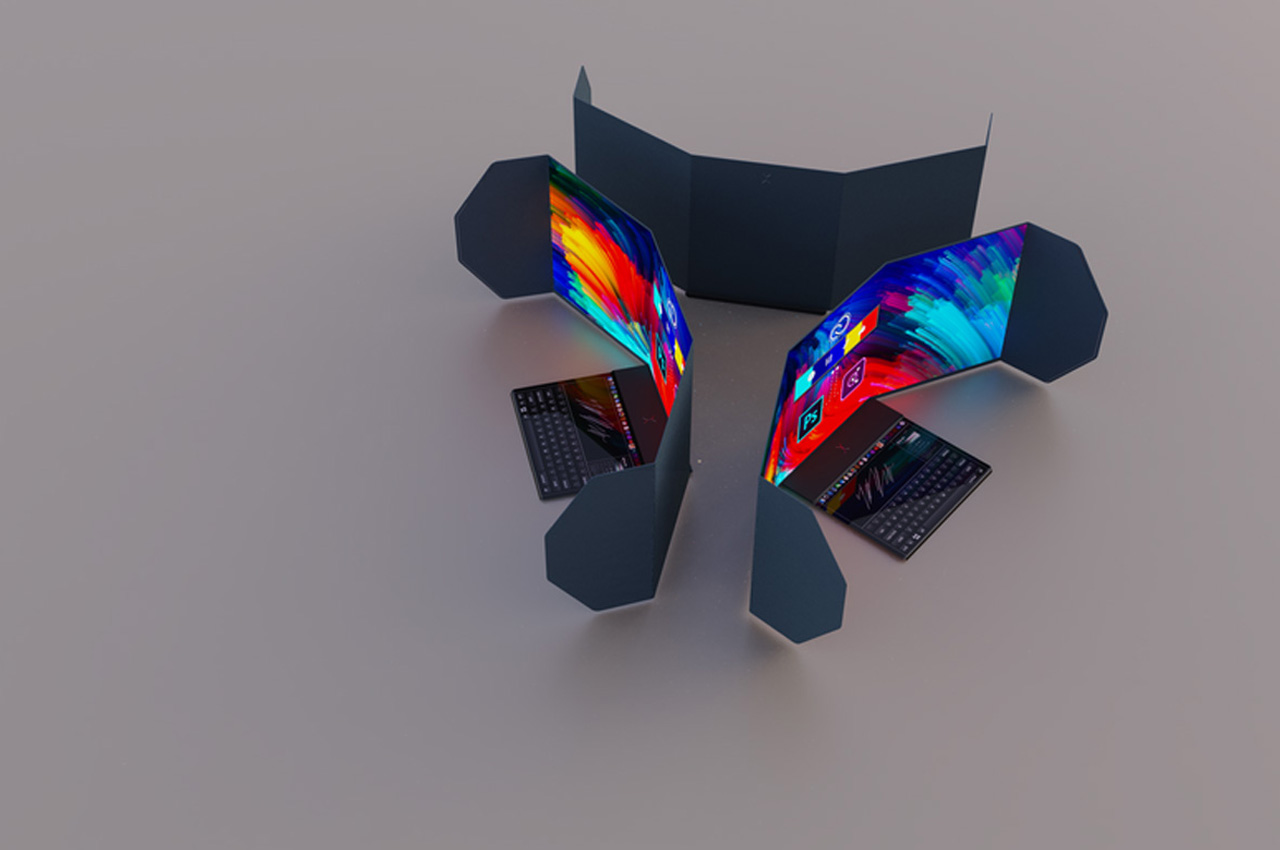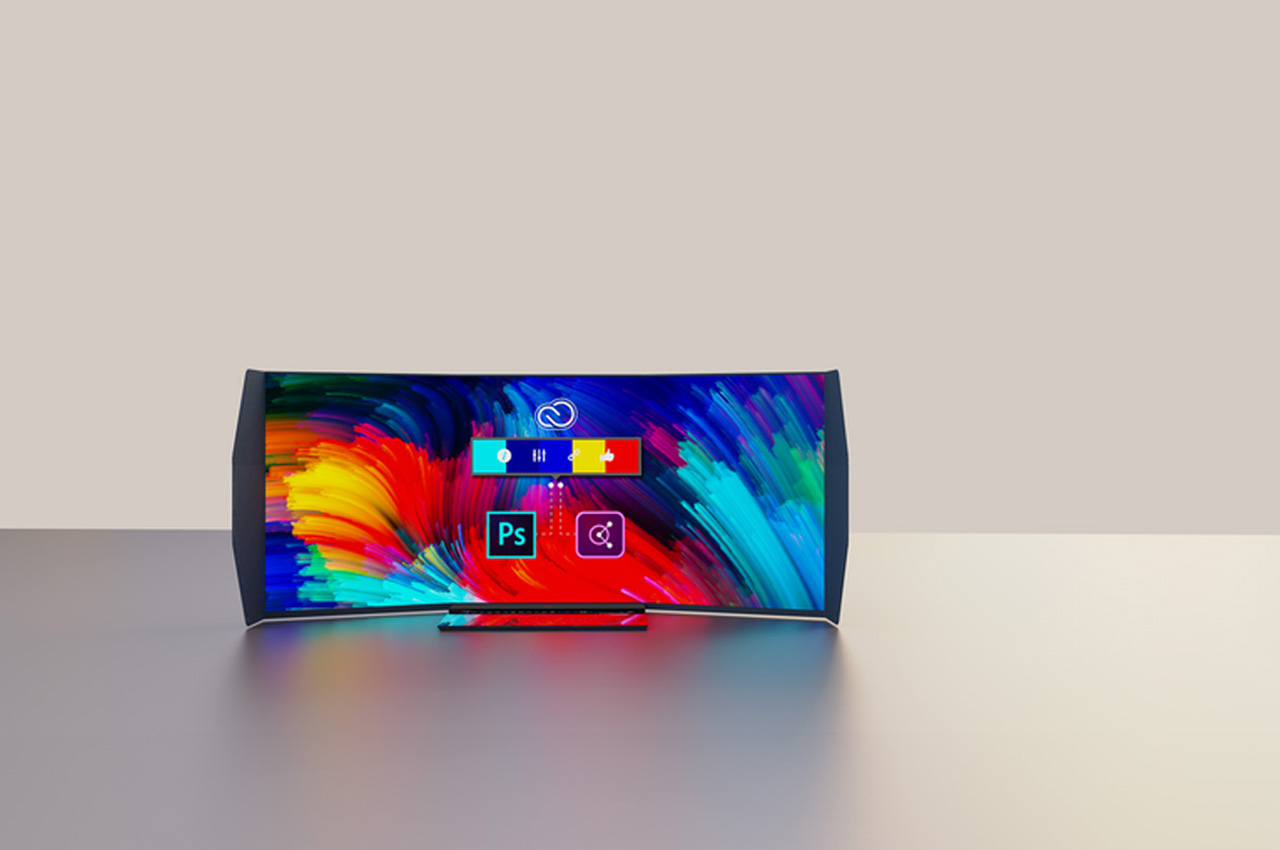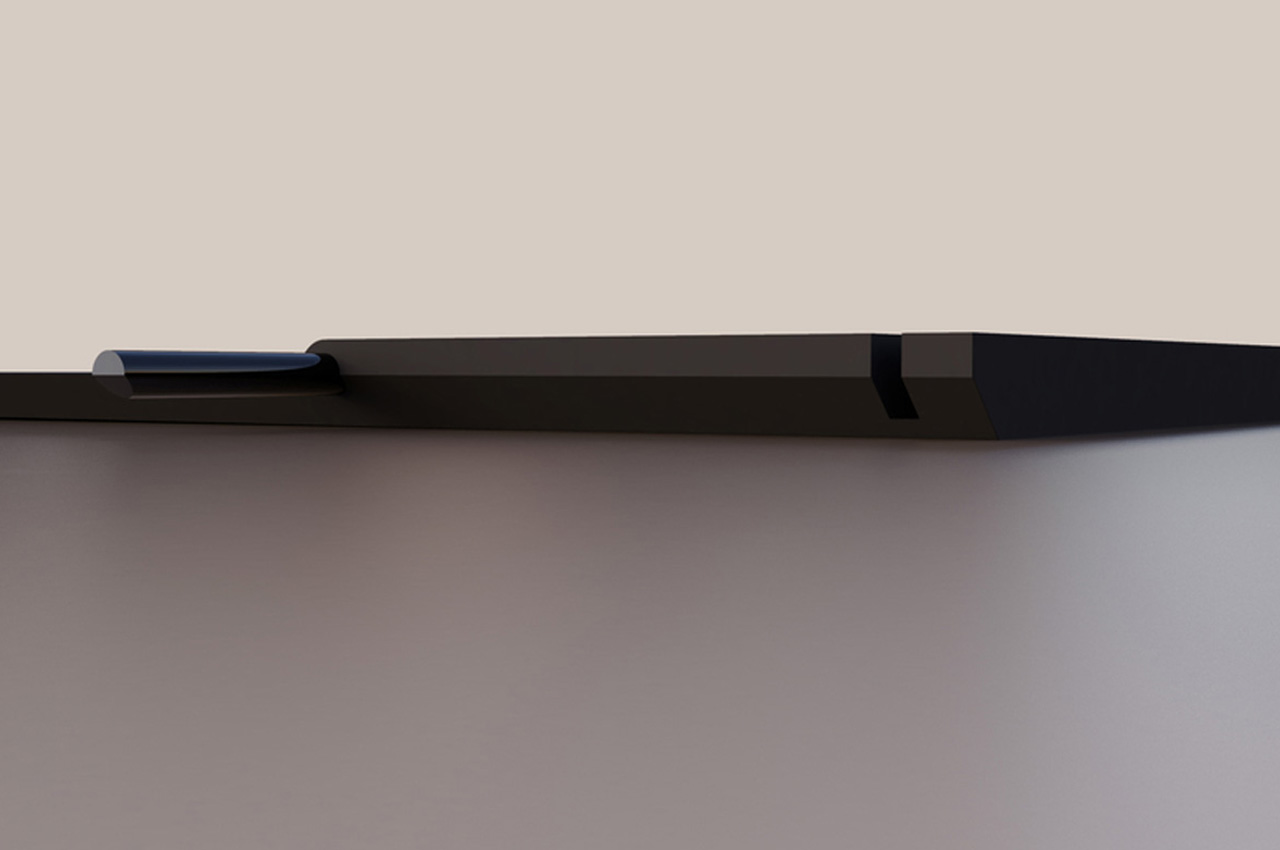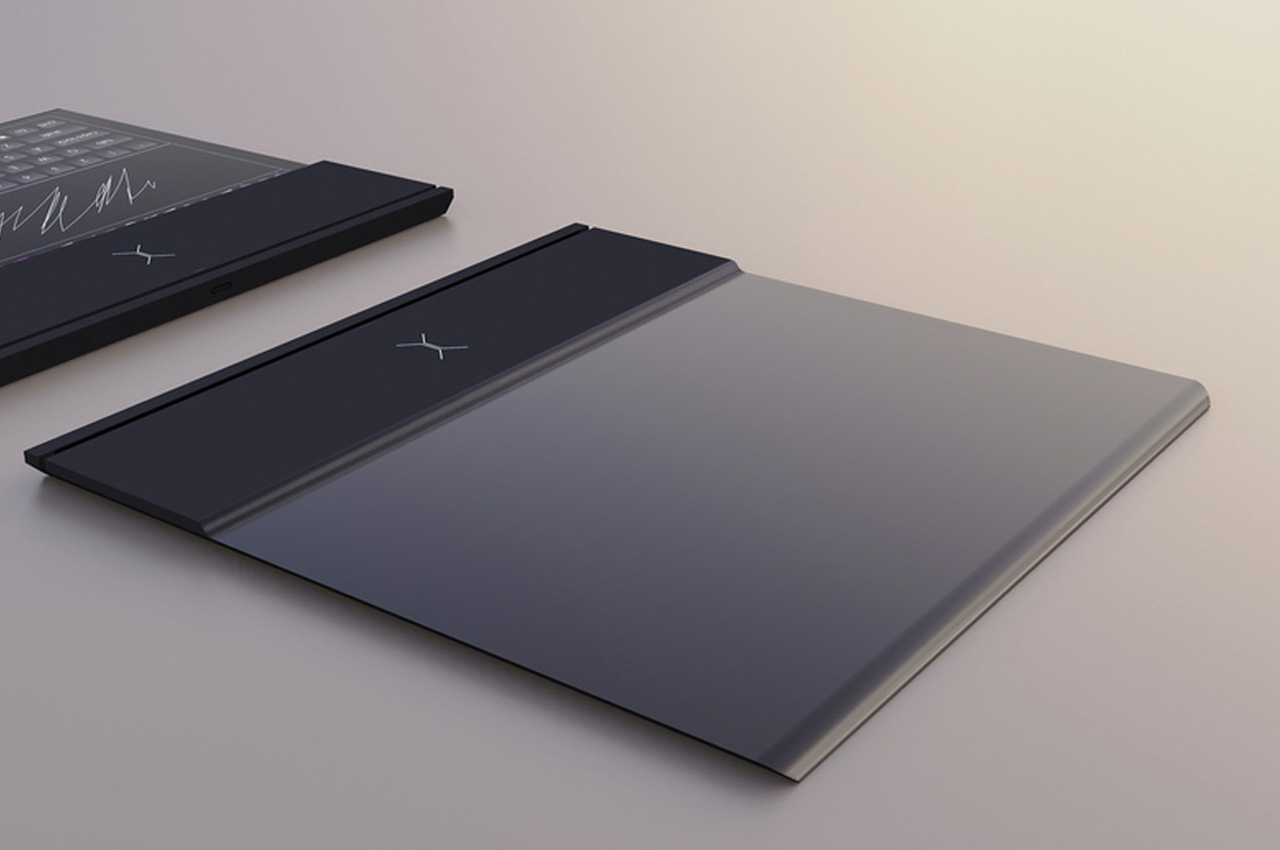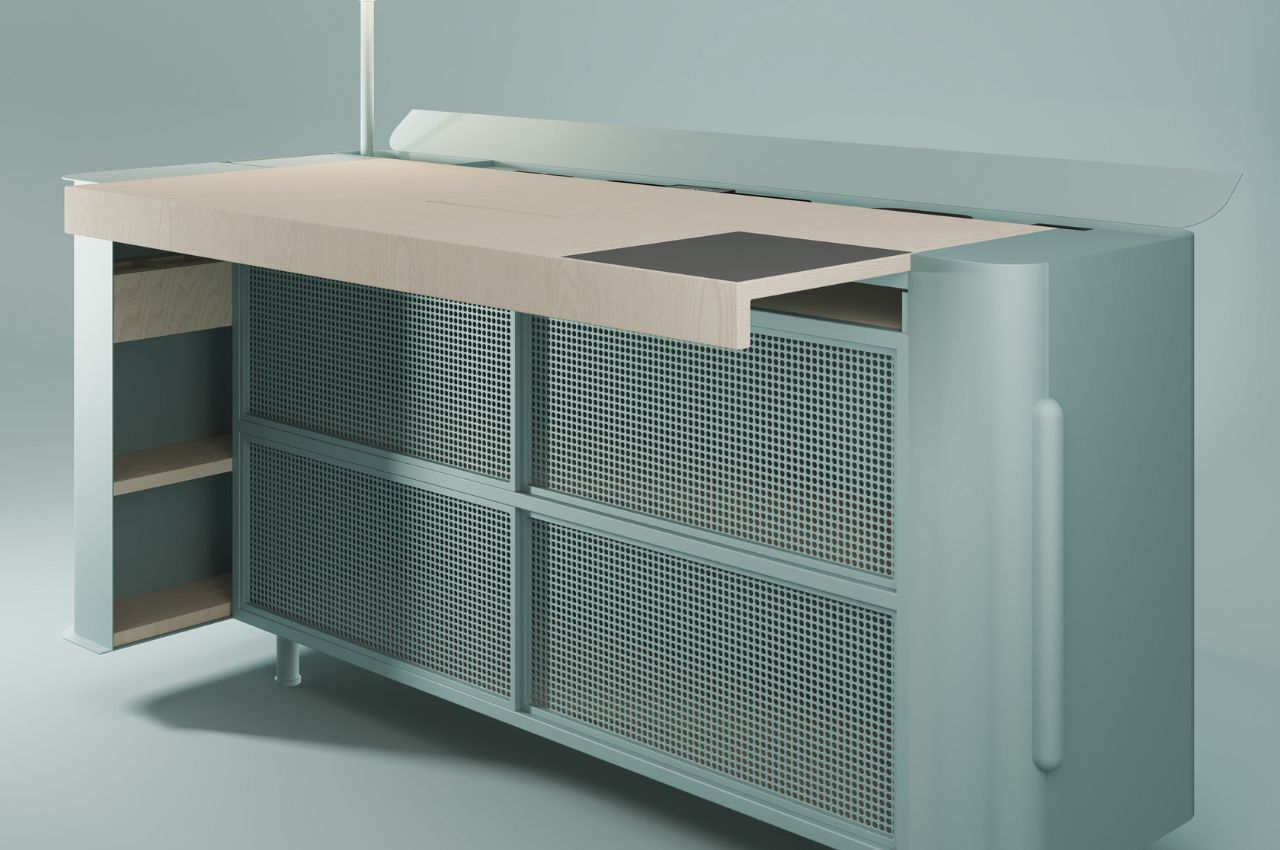
We constantly have so many distractions, and trust me when I say this as I have started writing, maintaining the mind frame to write is a hassle with so many things happening around at home. Working from home sounds fun and relaxed, but it also gets you way more distracted. In this world of smartphones and their attention-seeking notification tones, you can never keep yourself from knowing what’s new that made it go ‘ting’! You wouldn’t believe it, but it takes precisely 23 minutes and 15 seconds to get back in the flow of work and maximum productivity. It would be a waste of time if we allowed scope for distractions all along. Recognizing the need for a solution that promotes concentration and efficiency, a new design concept has emerged: FLOW Desk. Crafted with meticulous attention to detail, FLOW Desk is a multi-functional piece of furniture that caters specifically to the needs and requirements of students and remote workers. Its primary goal is to minimize interruptions and distractions, allowing individuals to fully immerse themselves in their work or studies.
Designer: Hessa Alduraibi
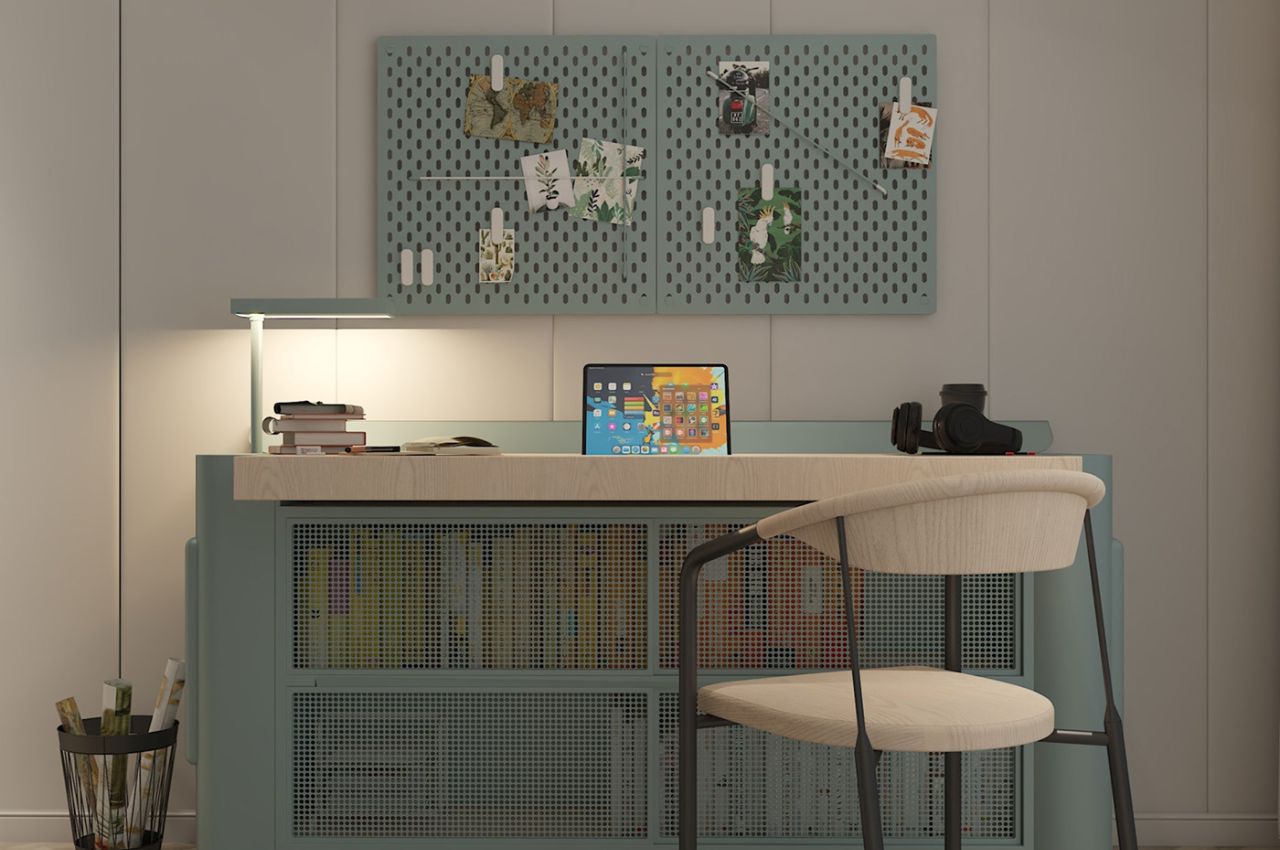
One of the primary ways to stay focused is to have everything in one place so that you do not have to get up and go around to fetch the required items and allow opportunities for distractions on the way. At the heart of FLOW Desk lies the concept of “flow,” a state of complete immersion and focus. Just like the flow of water in a river, our minds emerge and focus when we’re in the zone at work. FLOW Desk aims to replicate this state by providing a seamless and organized workspace that eliminates the need for constant movement and retrieval of items.
One of the key features of this desk is its integration of technology, storage, and a desk into one sleek and efficient piece. Everything you need is within arm’s reach, ensuring you don’t have to interrupt your workflow. From a wireless charger for your devices to a conveniently placed desk lamp, socket plug-ins, and speakers, FLOW Desk keeps your workspace clutter-free and optimized for productivity.
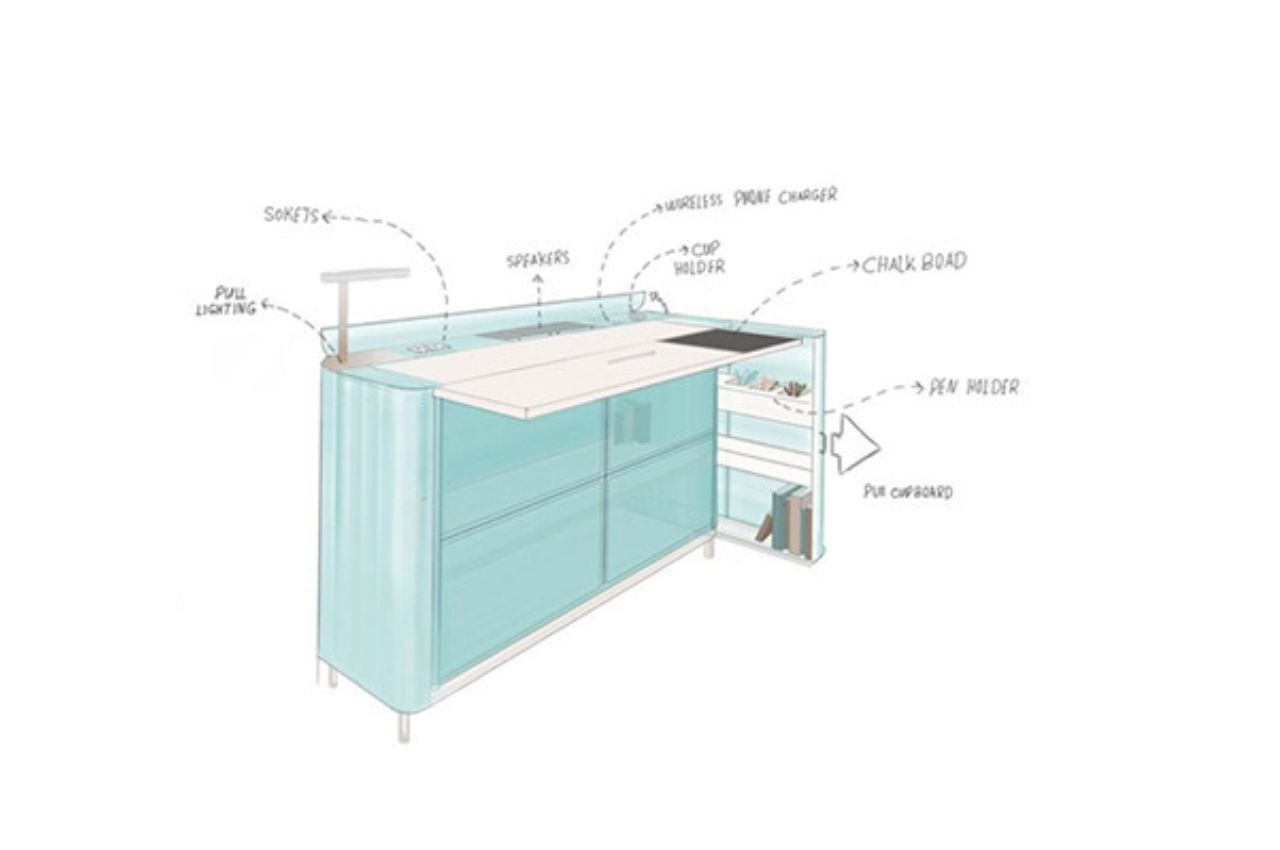

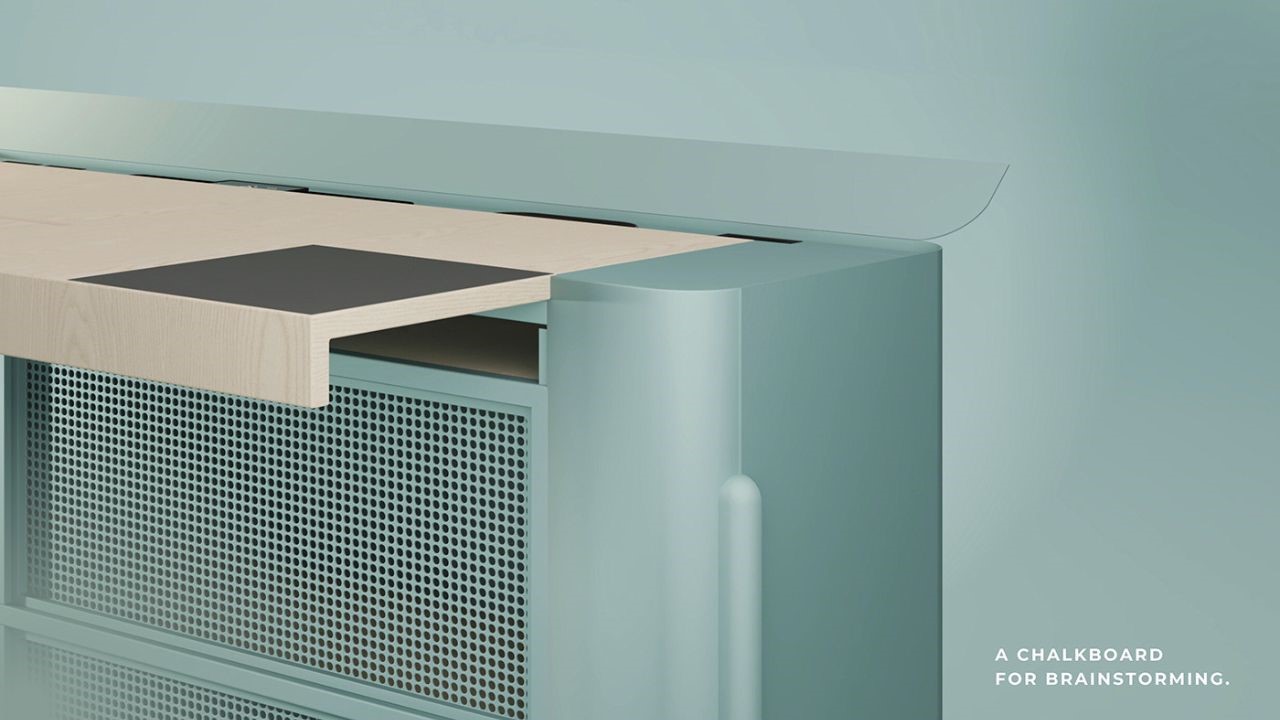
The benefits don’t end here; the desk offers additional functionalities that further enhance its appeal. With hidden drawers, a chalkboard for brainstorming, and even a cup warmer for those much-needed coffee breaks, FLOW Desk caters to the diverse needs of its users. It even provides extra workspaces, cleverly hidden in a beautiful manner, ensuring you have ample room to spread out and tackle your tasks effectively.
Designed with both aesthetics and functionality in mind, FLOW Desk seamlessly blends into any environment. Its sleek and modern design adds a touch of sophistication to any space, whether it’s a student’s room, a home office, or a shared workspace. Available in a variety of colors, it effortlessly transforms from a storage unit to a desk, providing flexibility and adaptability to suit individual requirements.
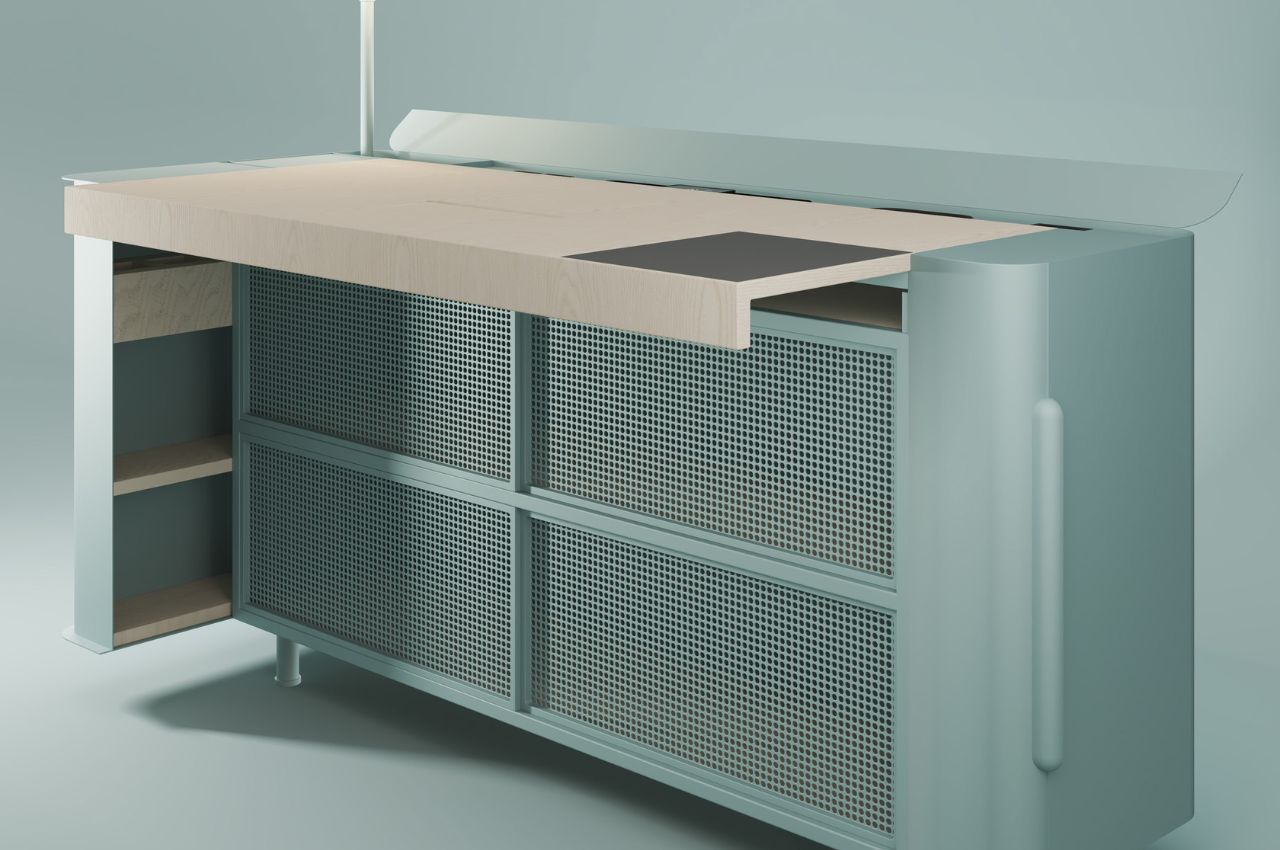
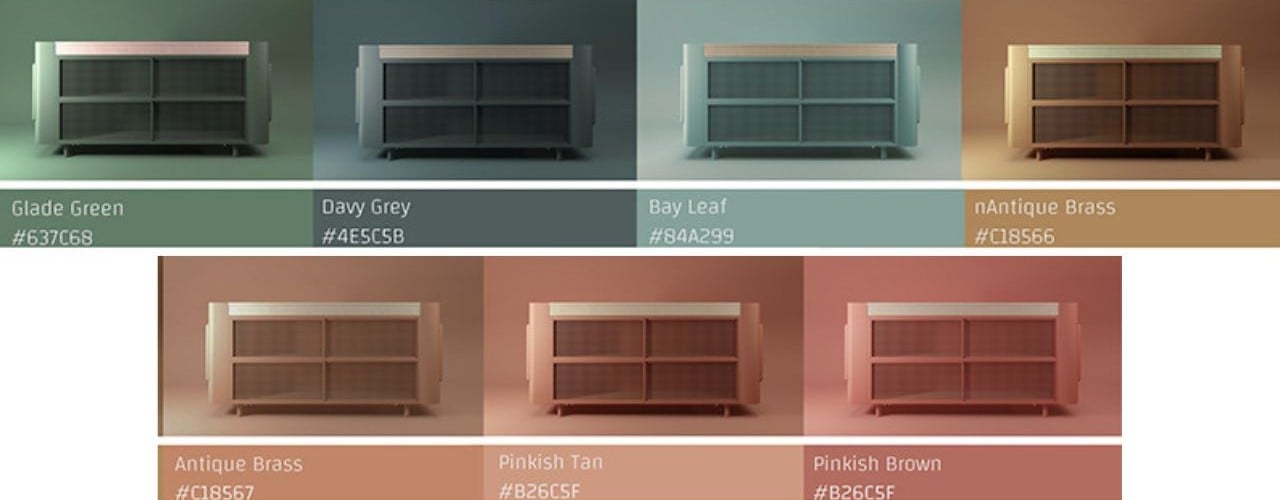
FLOW Desk’s target audience is broad, encompassing students at all levels, from schools to universities, as well as remote workers and individuals working from home. It caters to those who value productivity and seek a functional desk that meets their specific needs, even when space is limited by consolidating all the necessary elements of a workspace into one streamlined piece of furniture. It eliminates distractions and provides a conducive environment for achieving goals. Its elegant design, integrated technology, and versatile features make it an ideal choice for students and remote workers alike. Embrace the current of inspiration and let FLOW Desk propel you towards success.
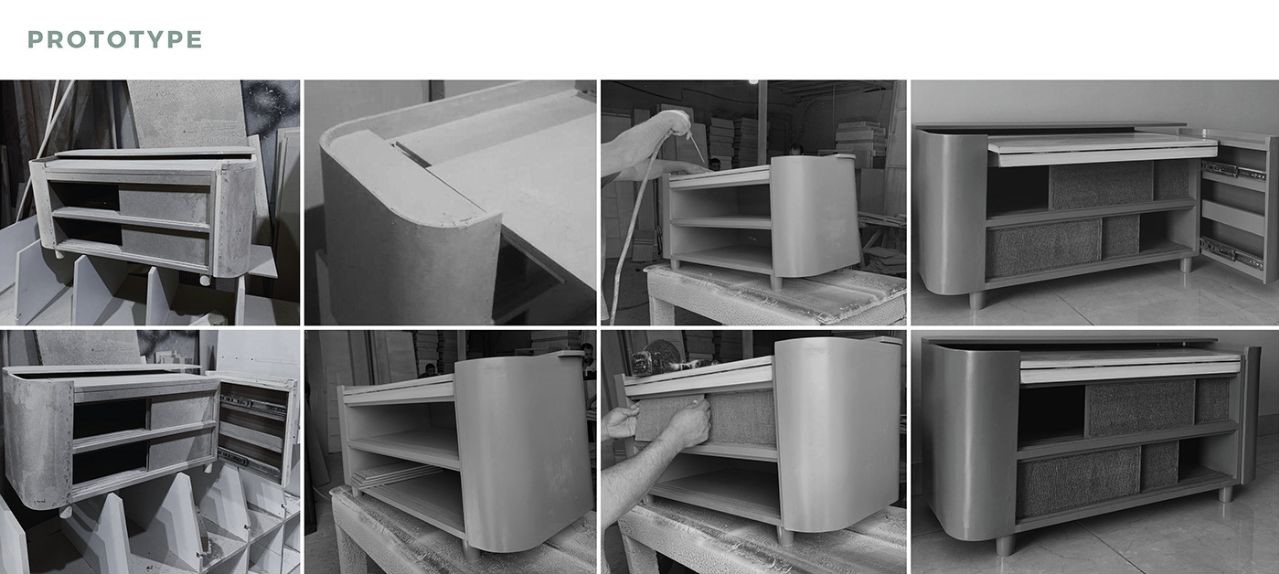
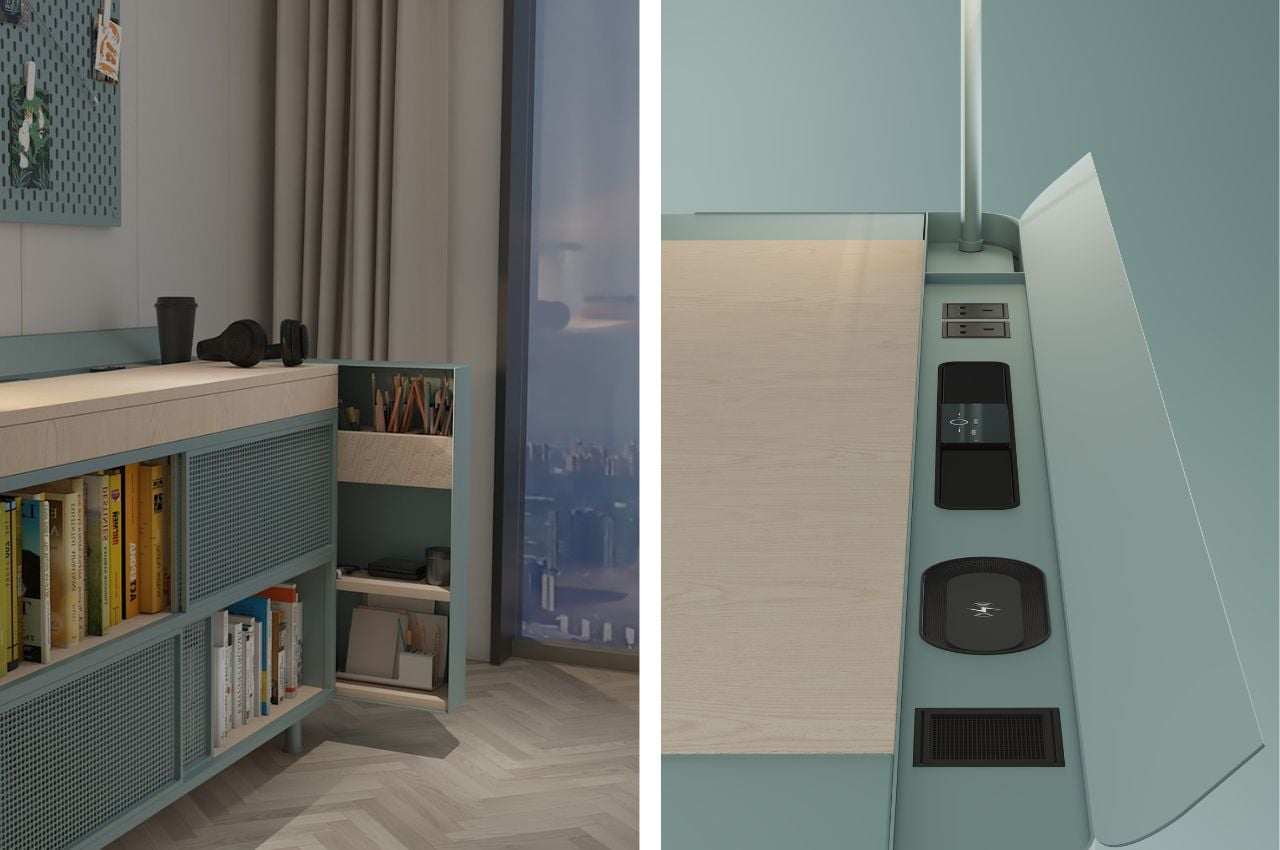
The post How to Organize Your Space Efficiently and Stay Focused Longer with this Work Desk first appeared on Yanko Design.
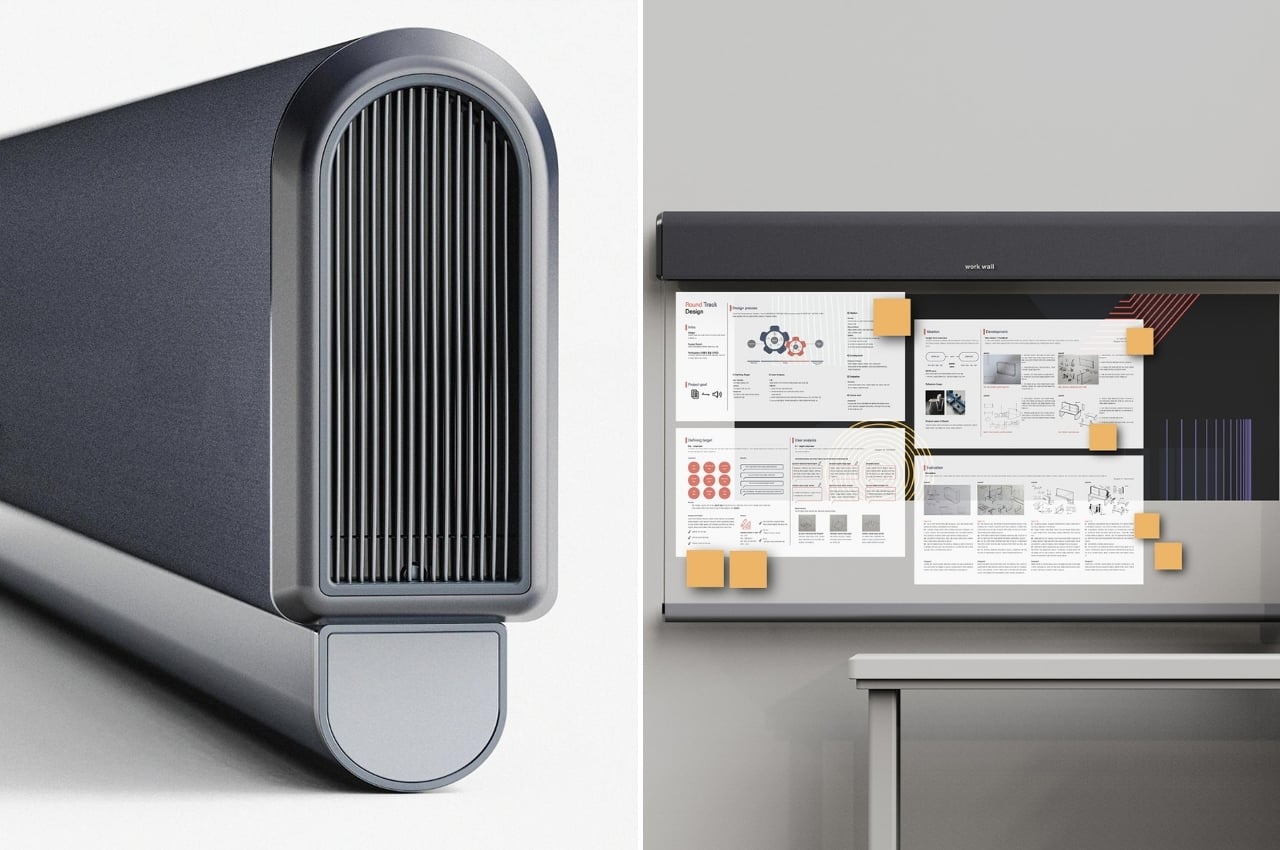






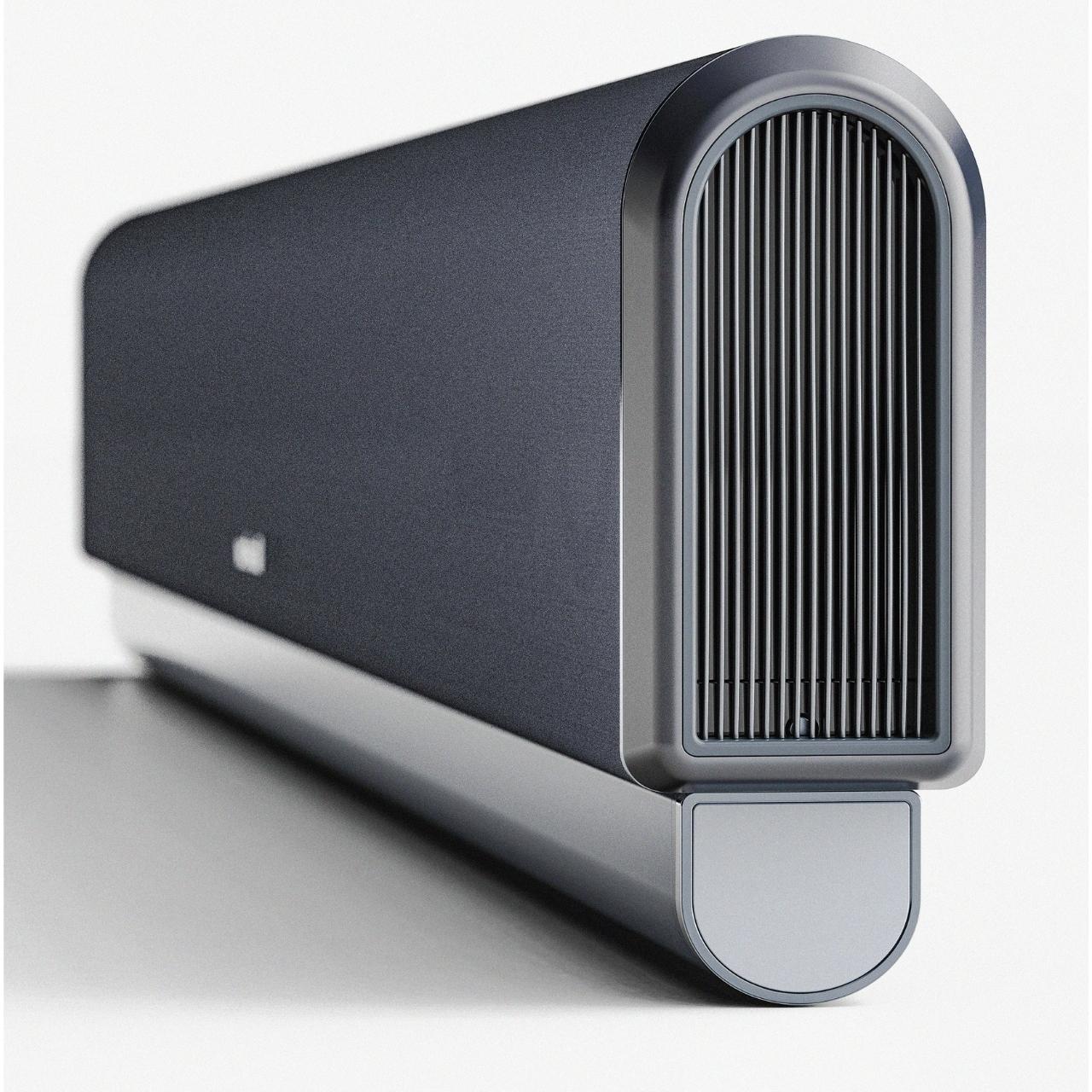
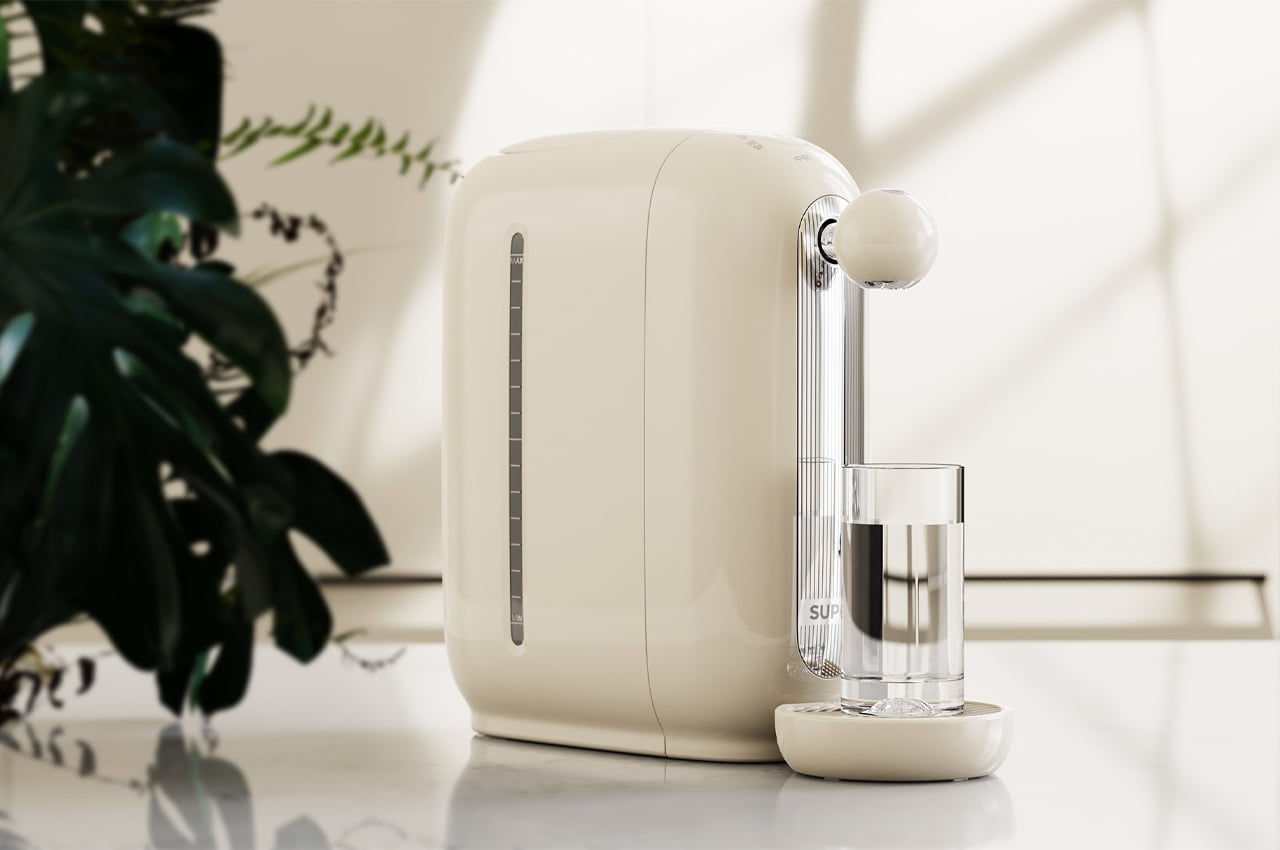

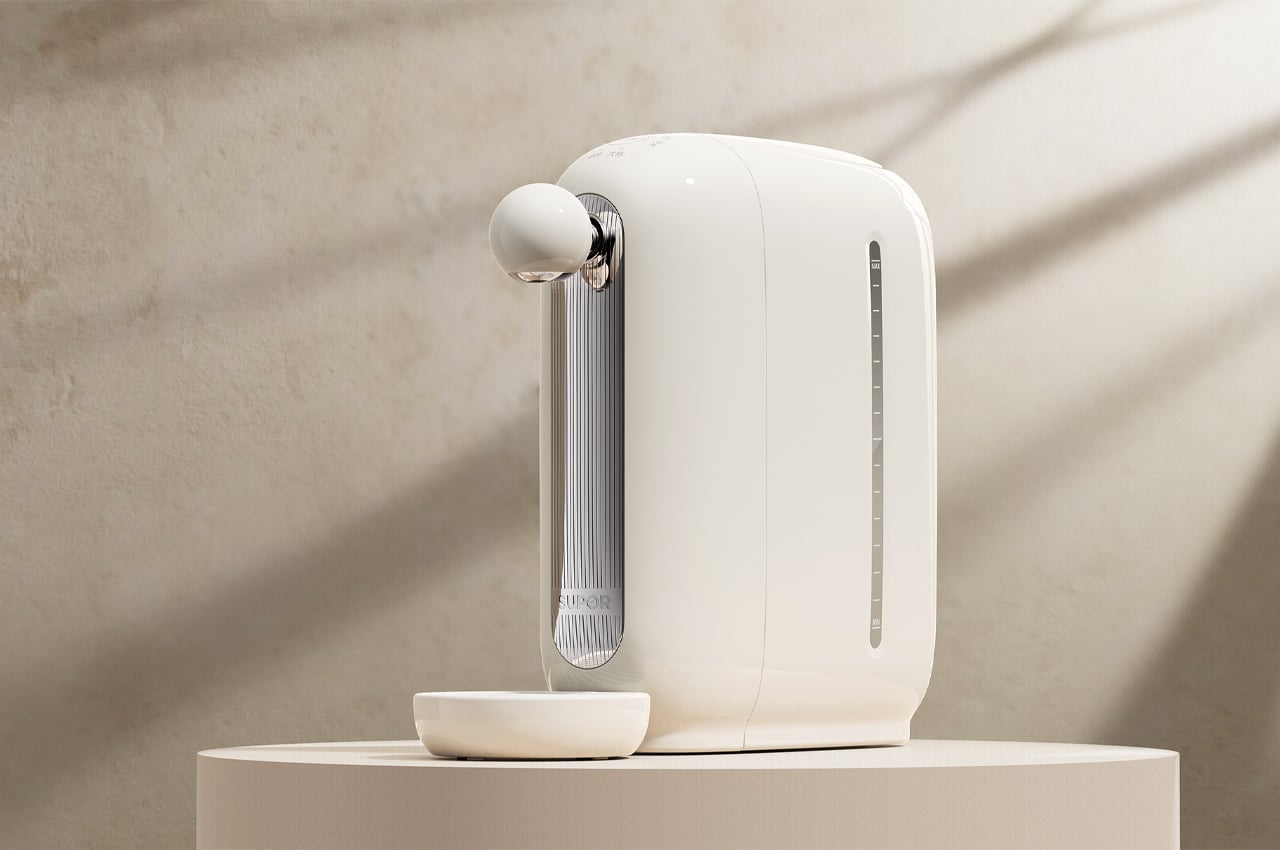
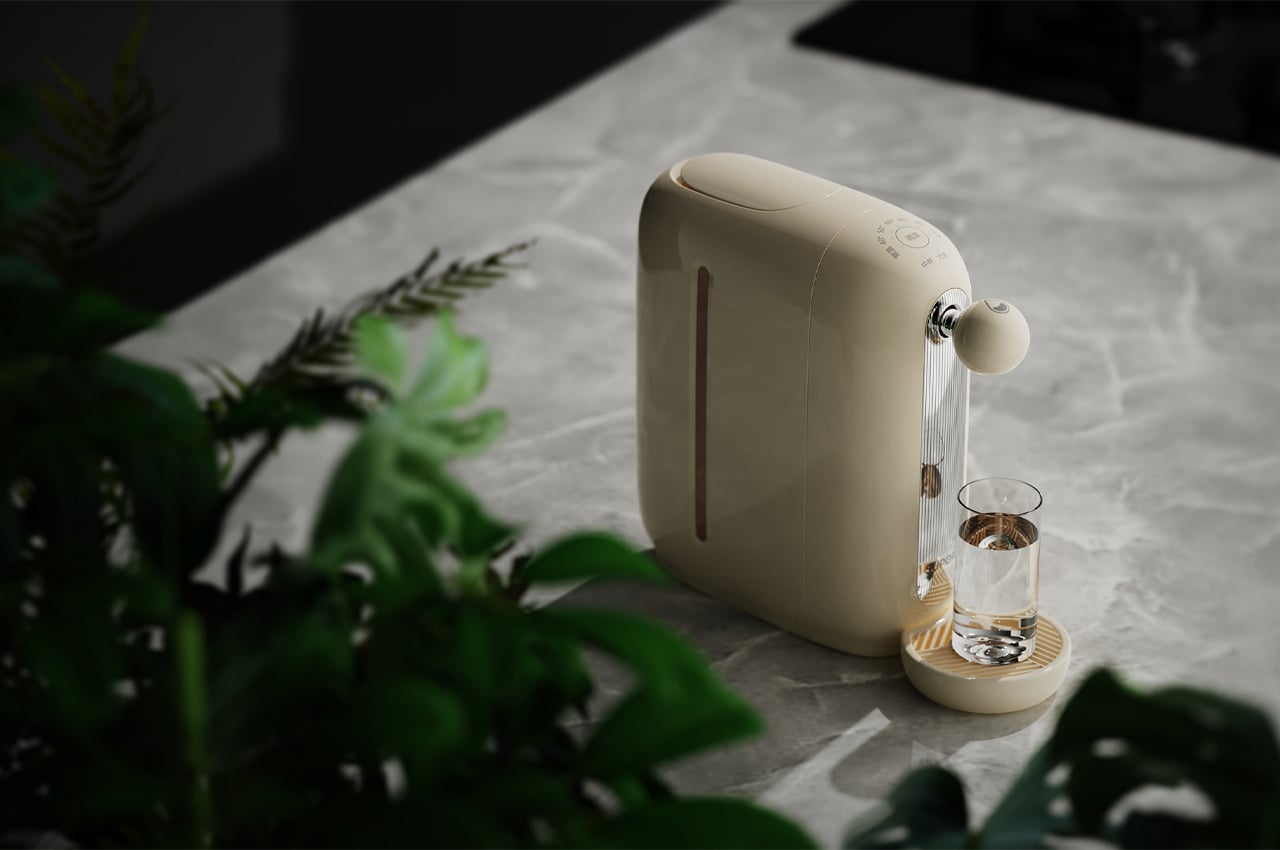



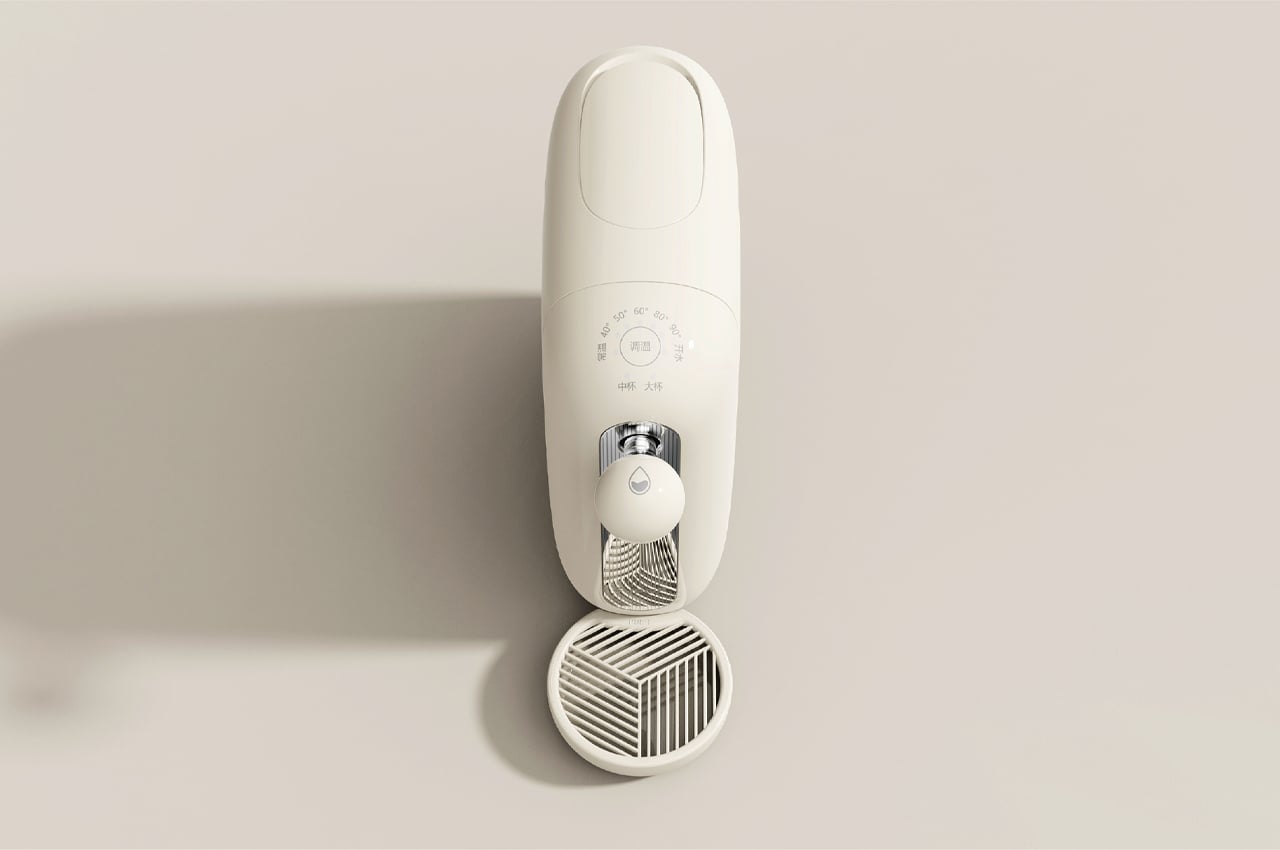 In contrast to similar products currently on the market, the designers suggest, “The attributes of products sold online determine that products need to reflect differences in form and appearance, and at the same time need to increase user stickiness through experience design, so that products are not only satisfied with functional attributes but become a way of life that can be shared on social platforms.”
In contrast to similar products currently on the market, the designers suggest, “The attributes of products sold online determine that products need to reflect differences in form and appearance, and at the same time need to increase user stickiness through experience design, so that products are not only satisfied with functional attributes but become a way of life that can be shared on social platforms.”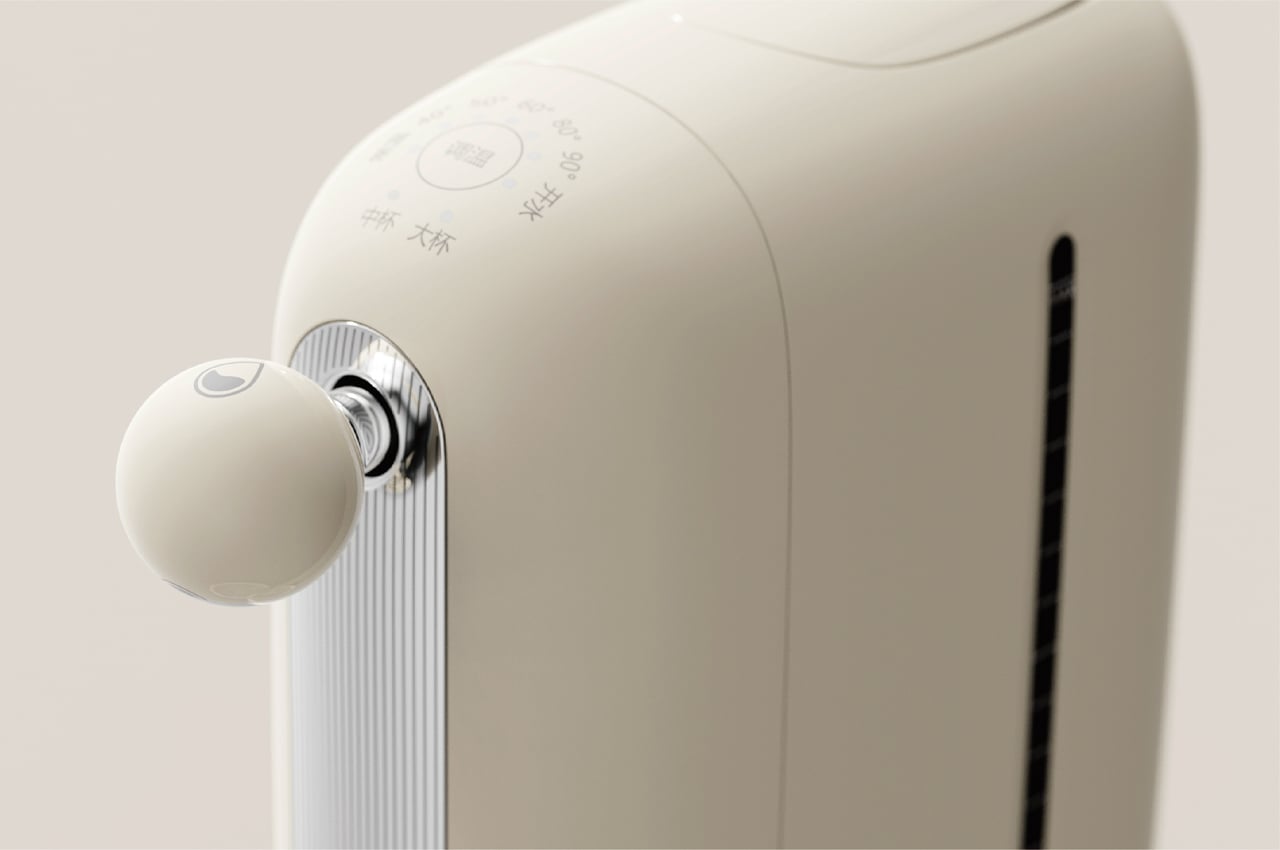

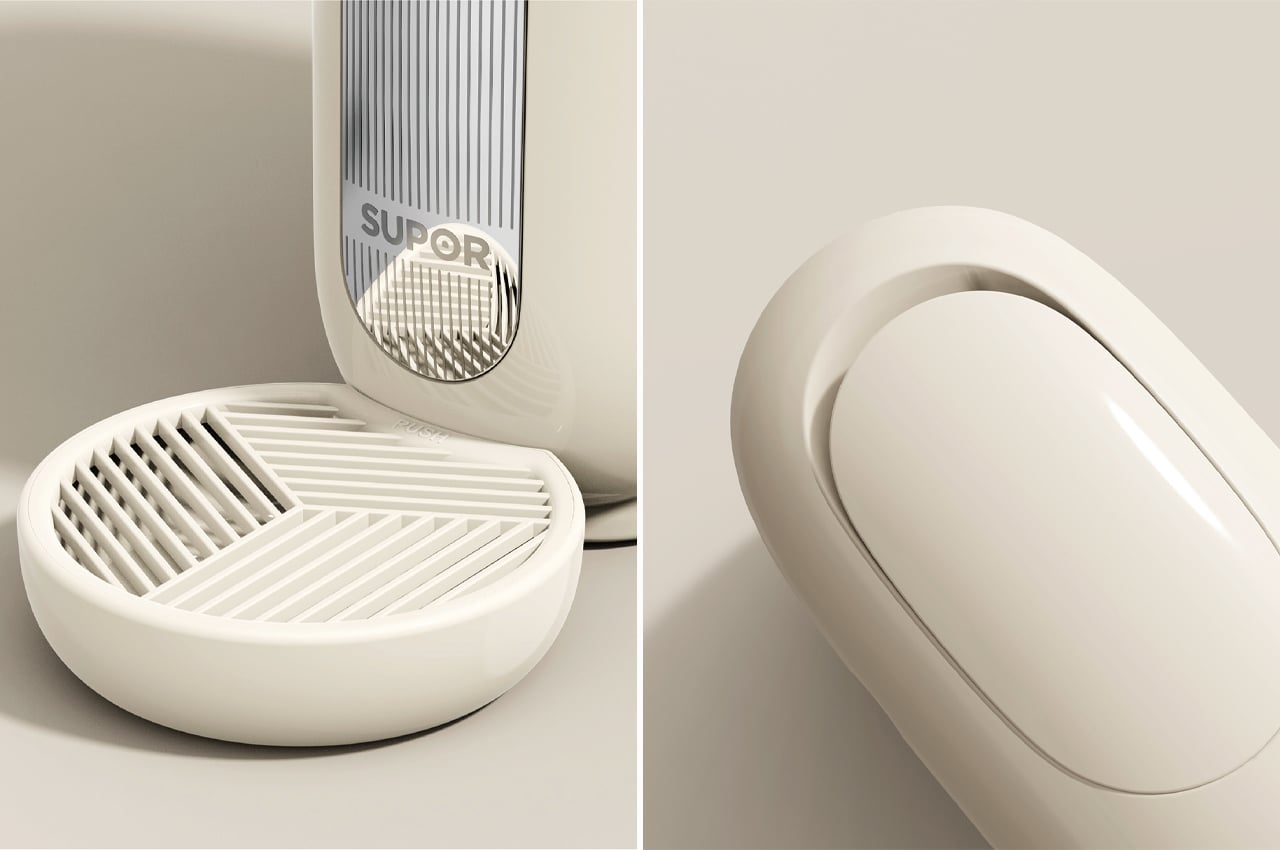 The attached grated reservoir ensures no-mess operation.
The attached grated reservoir ensures no-mess operation. 